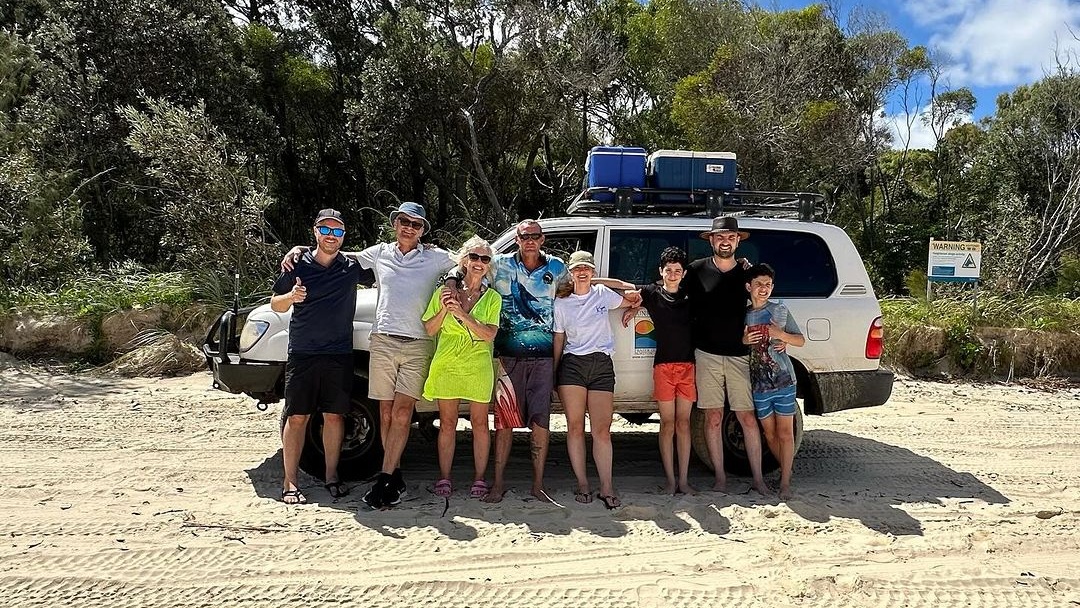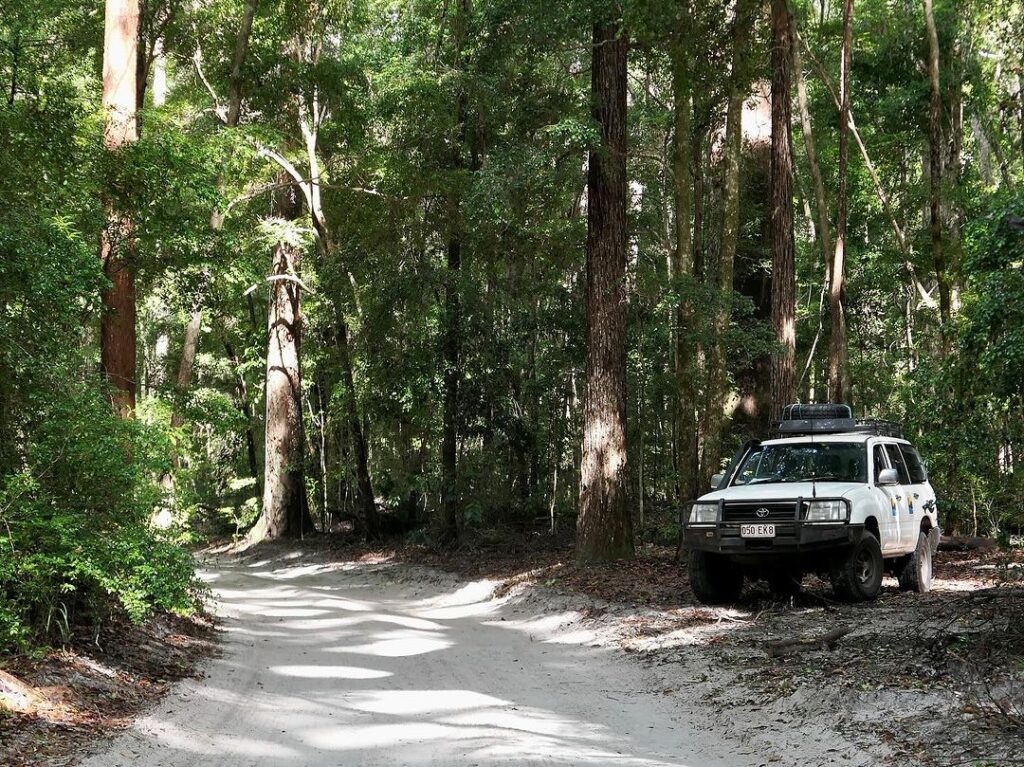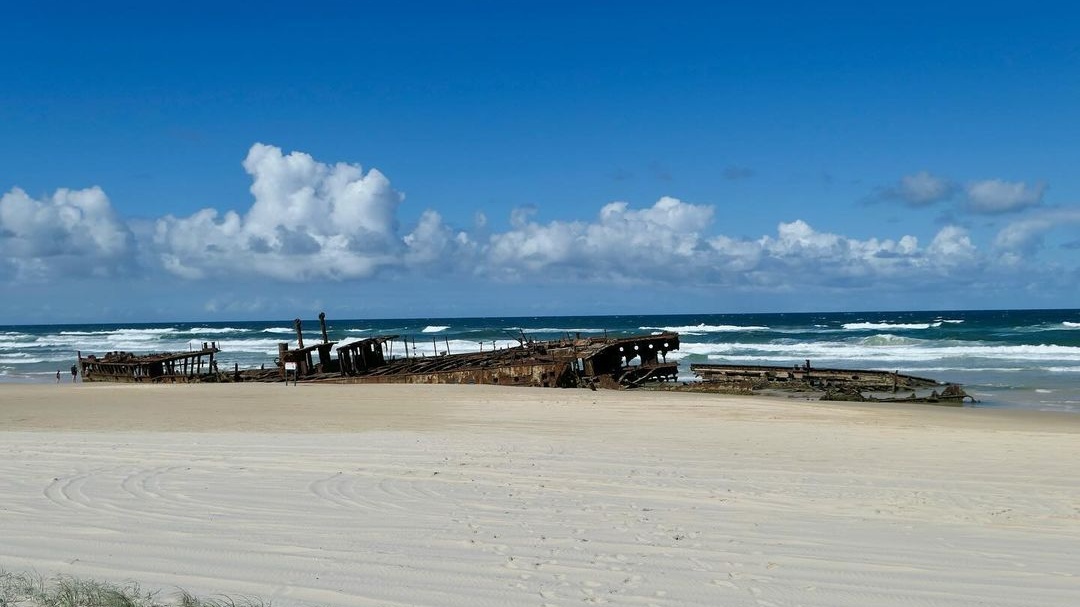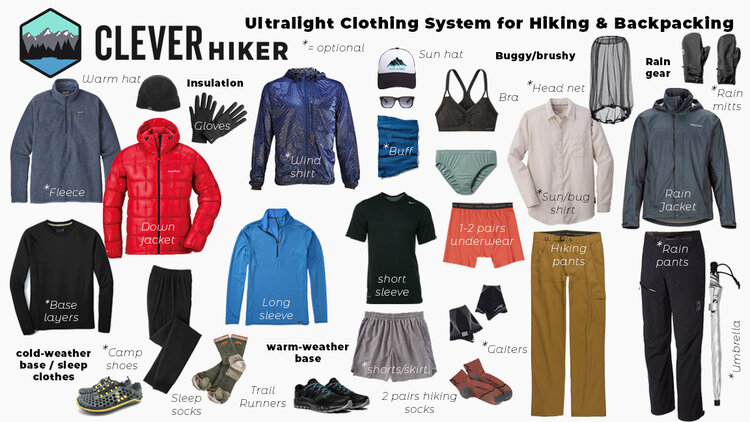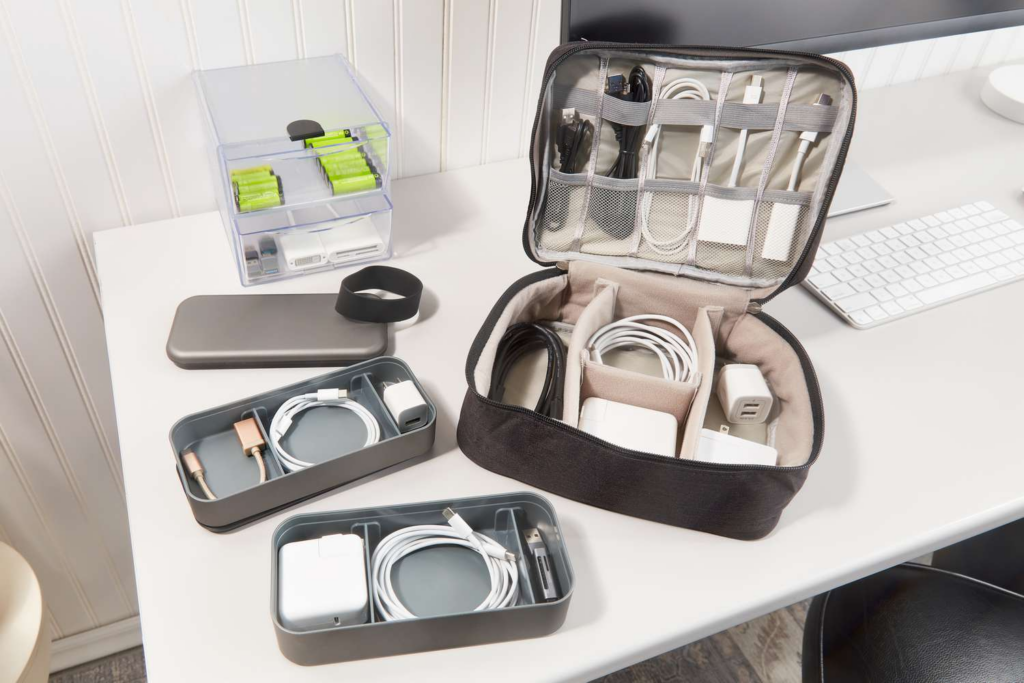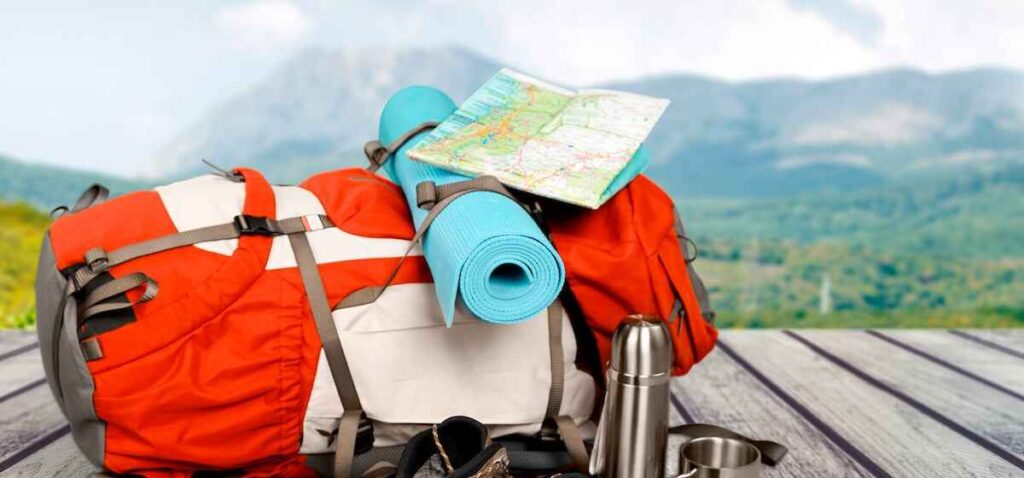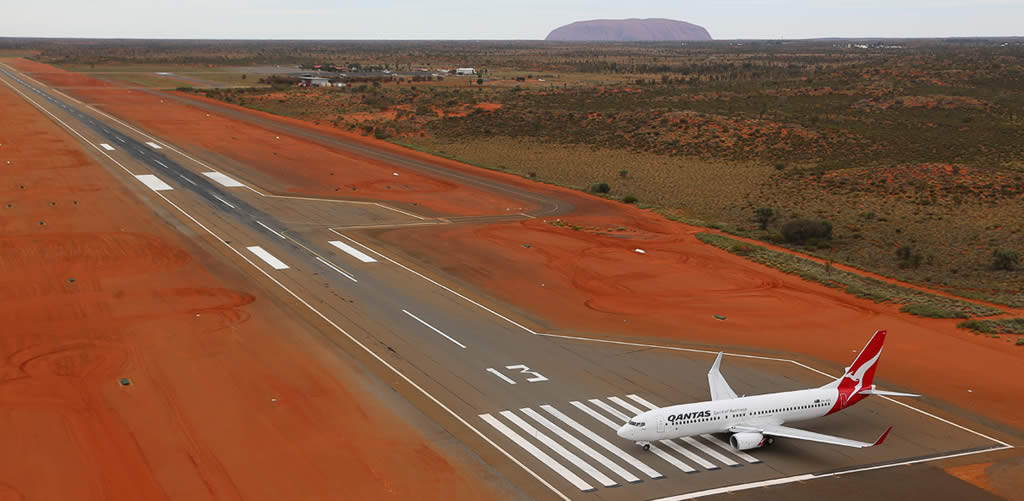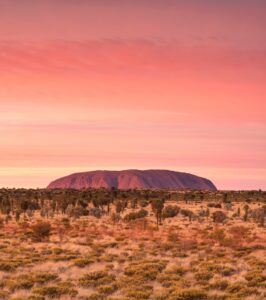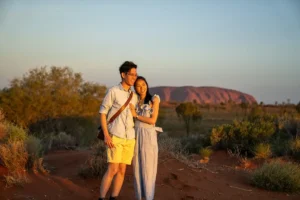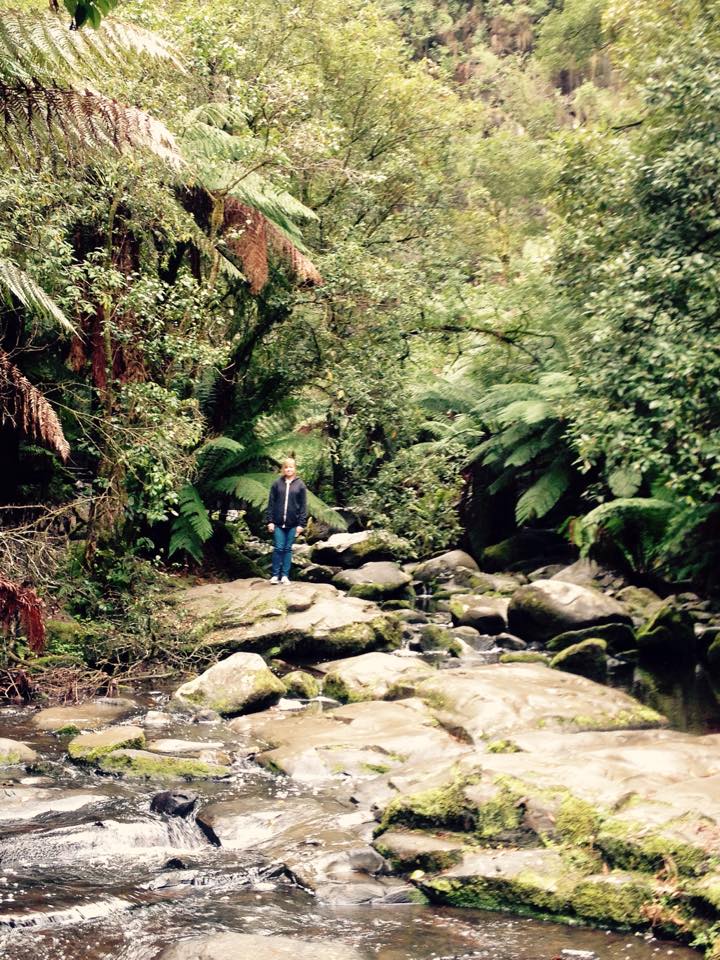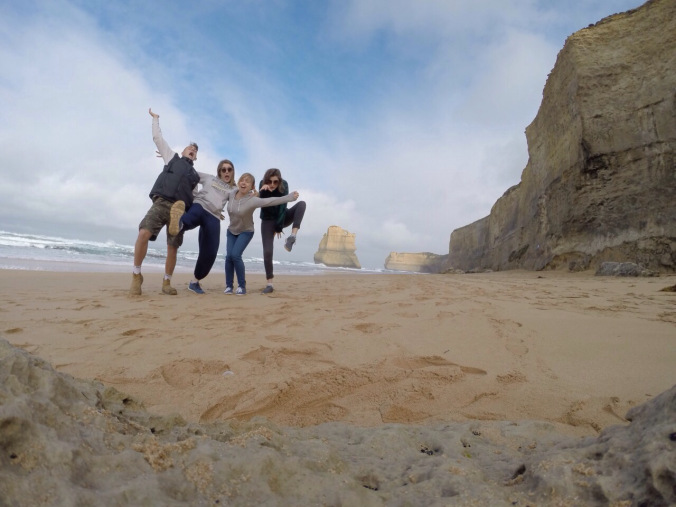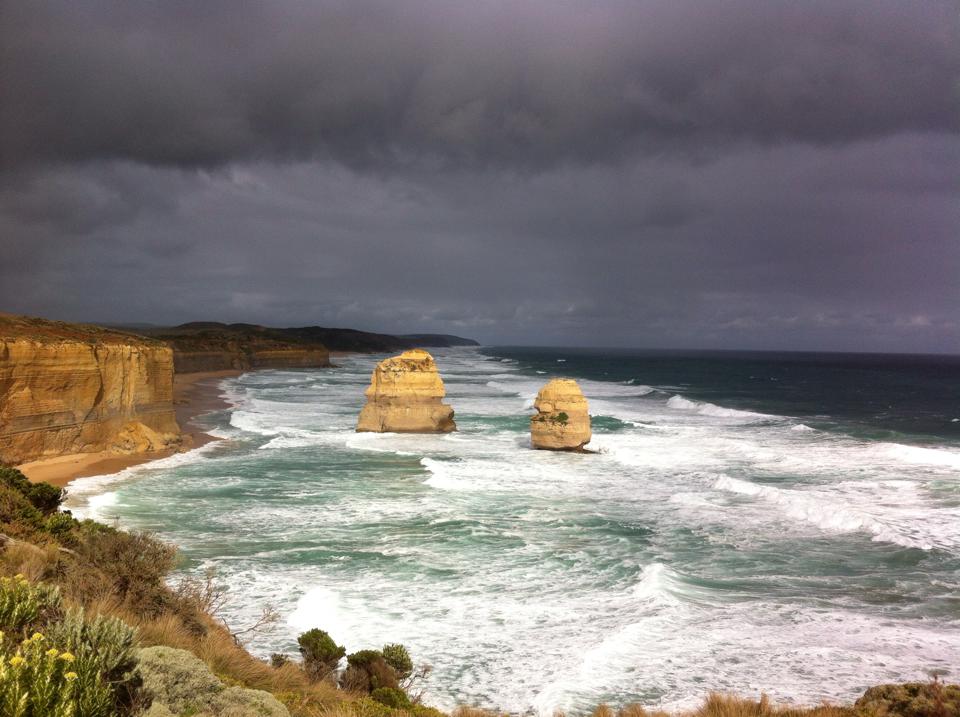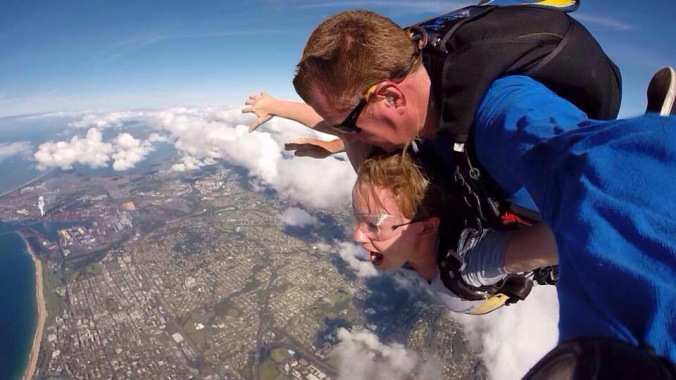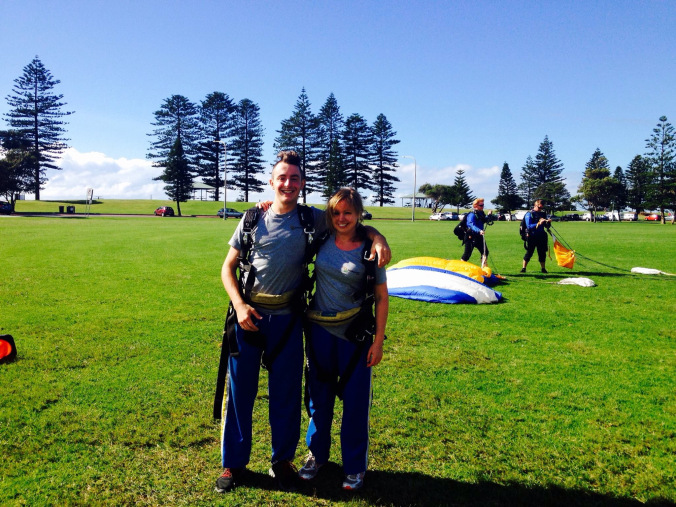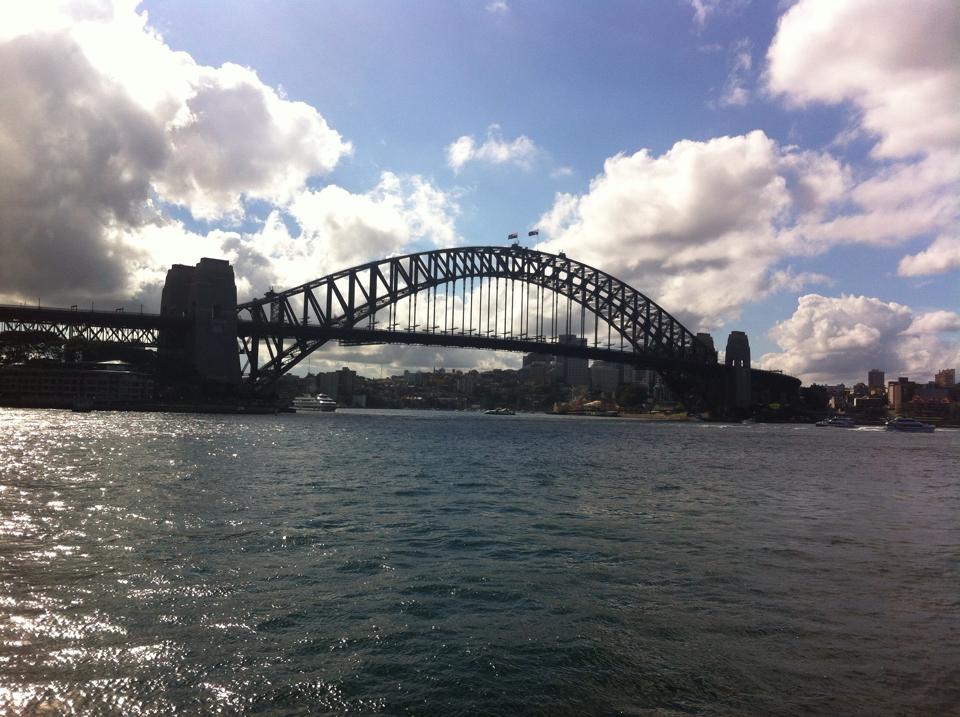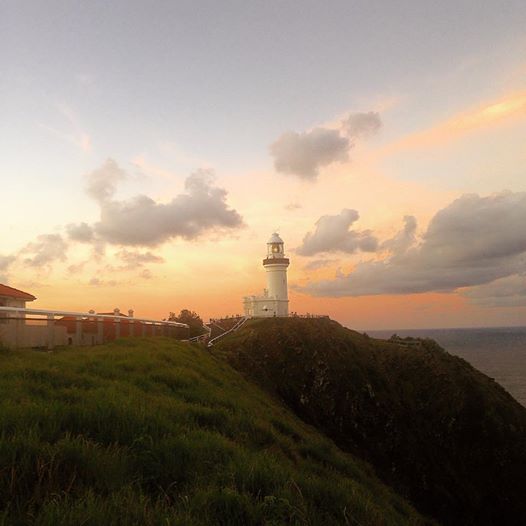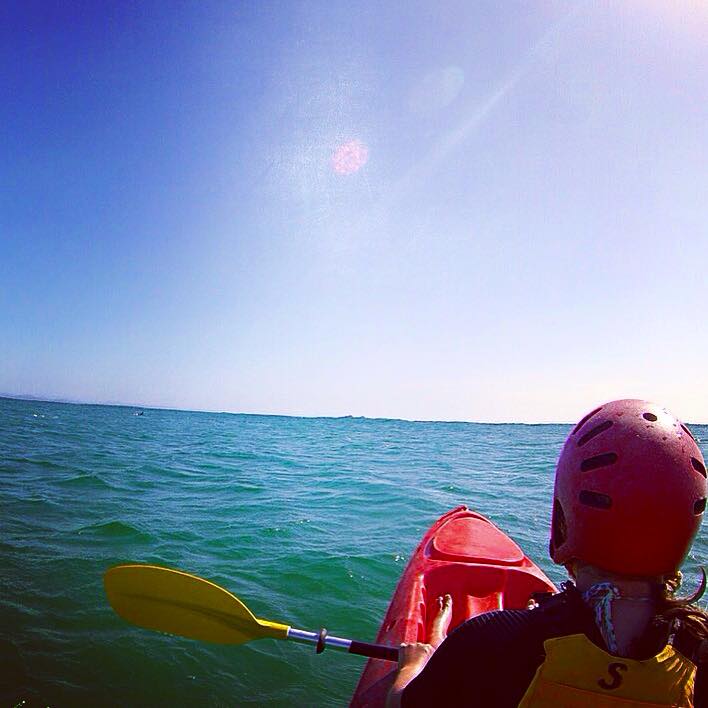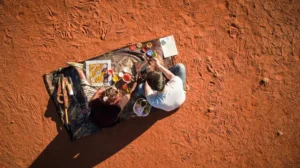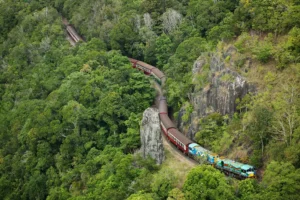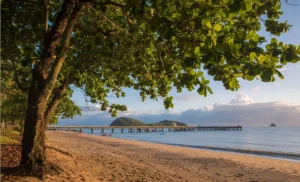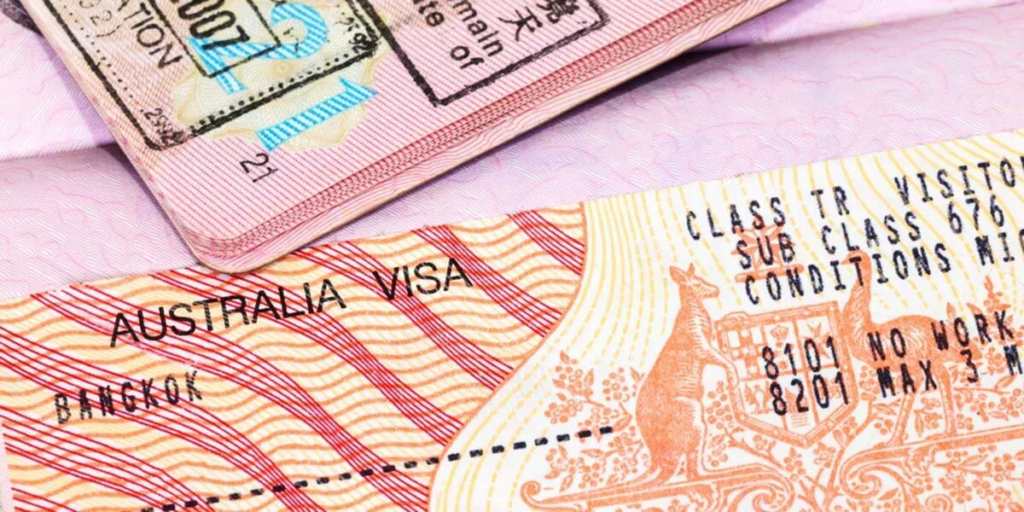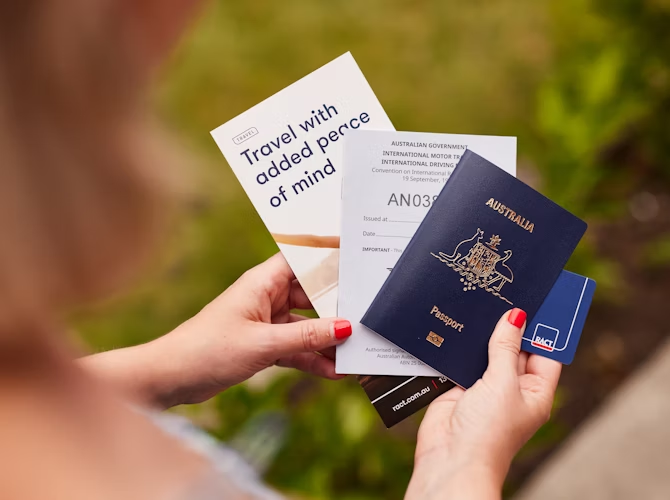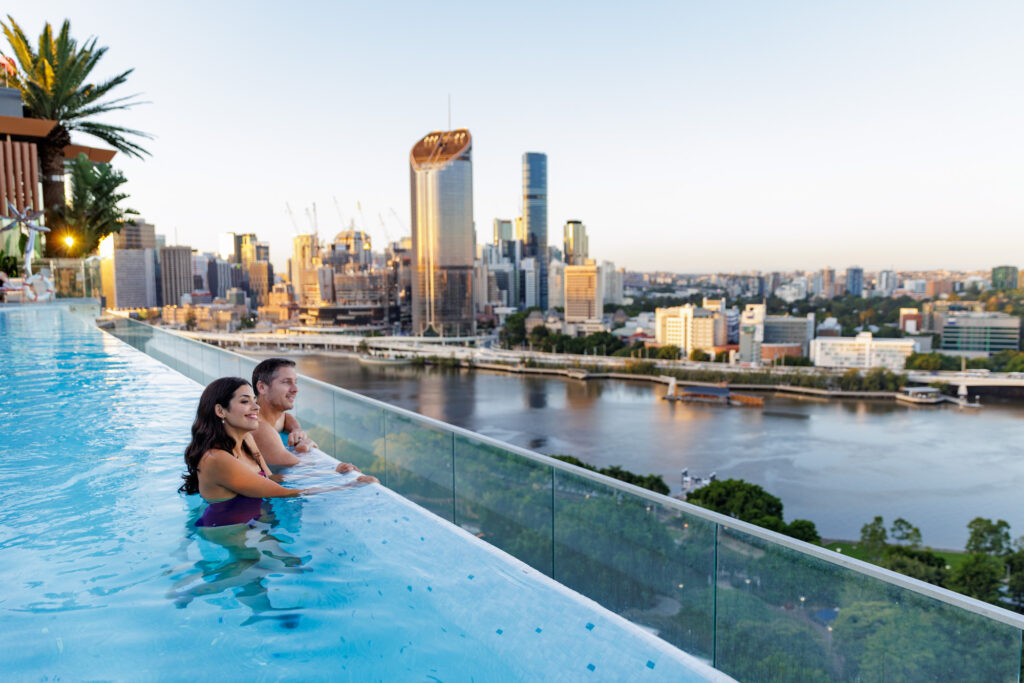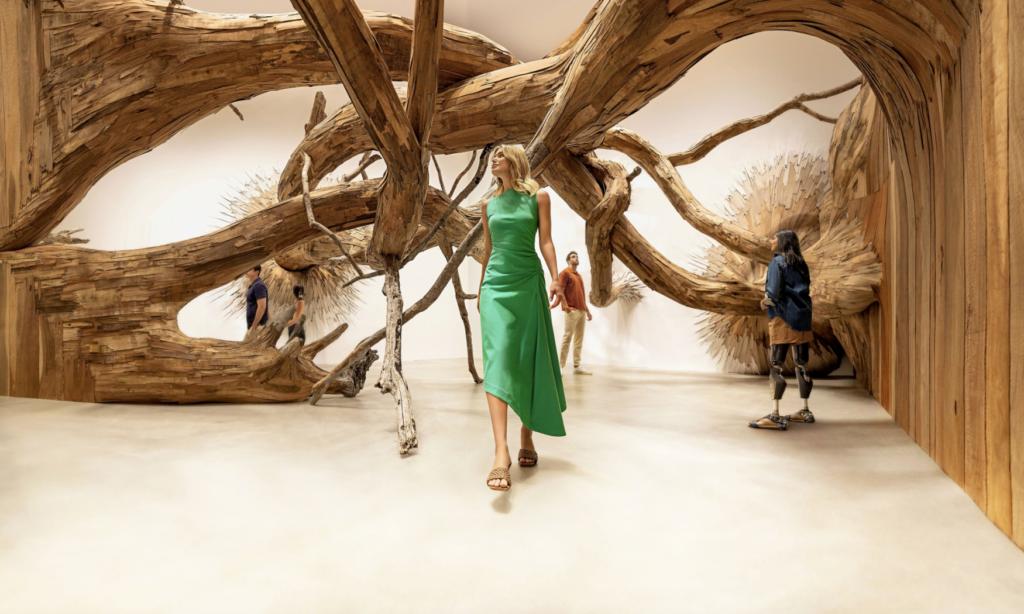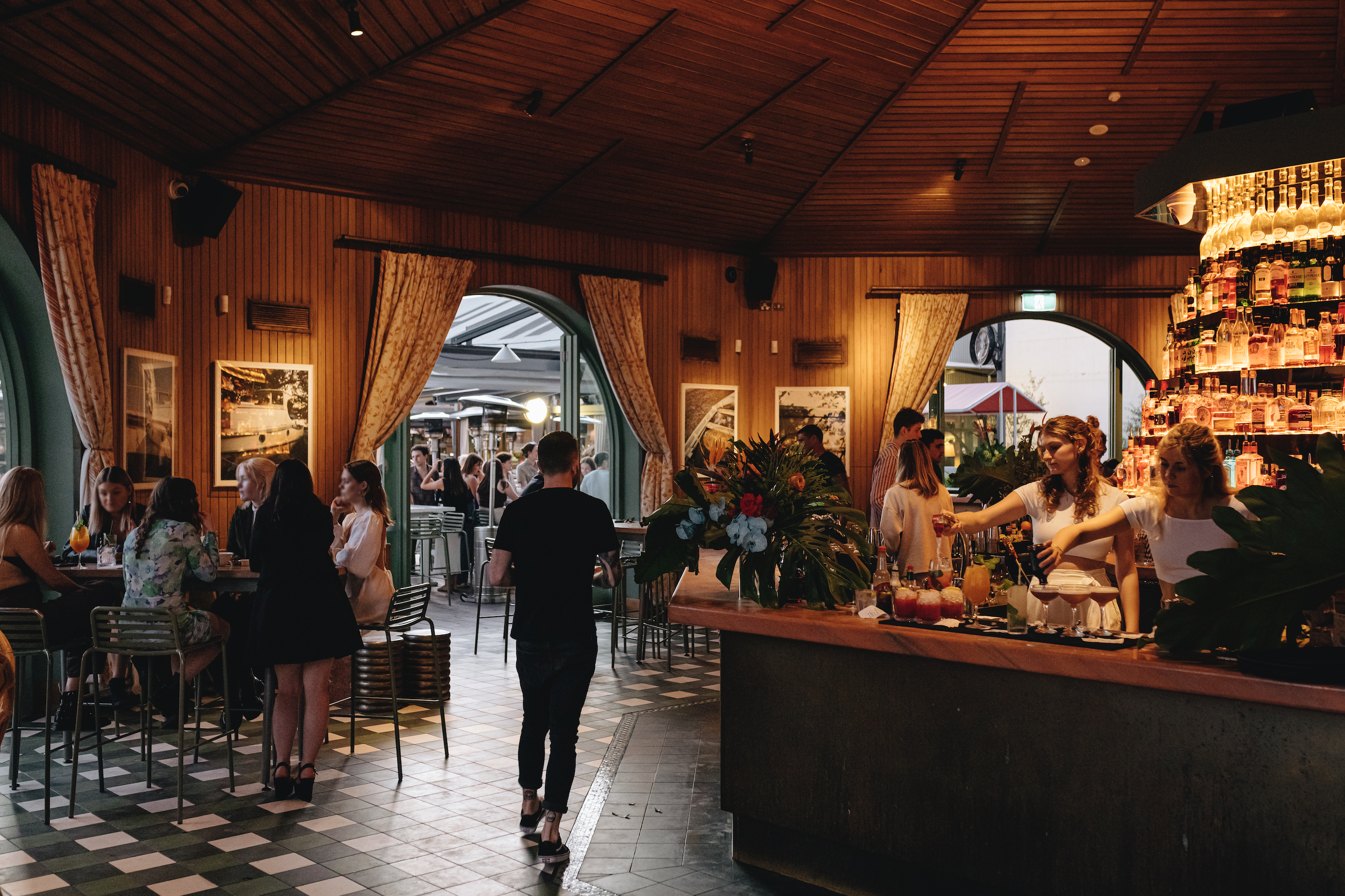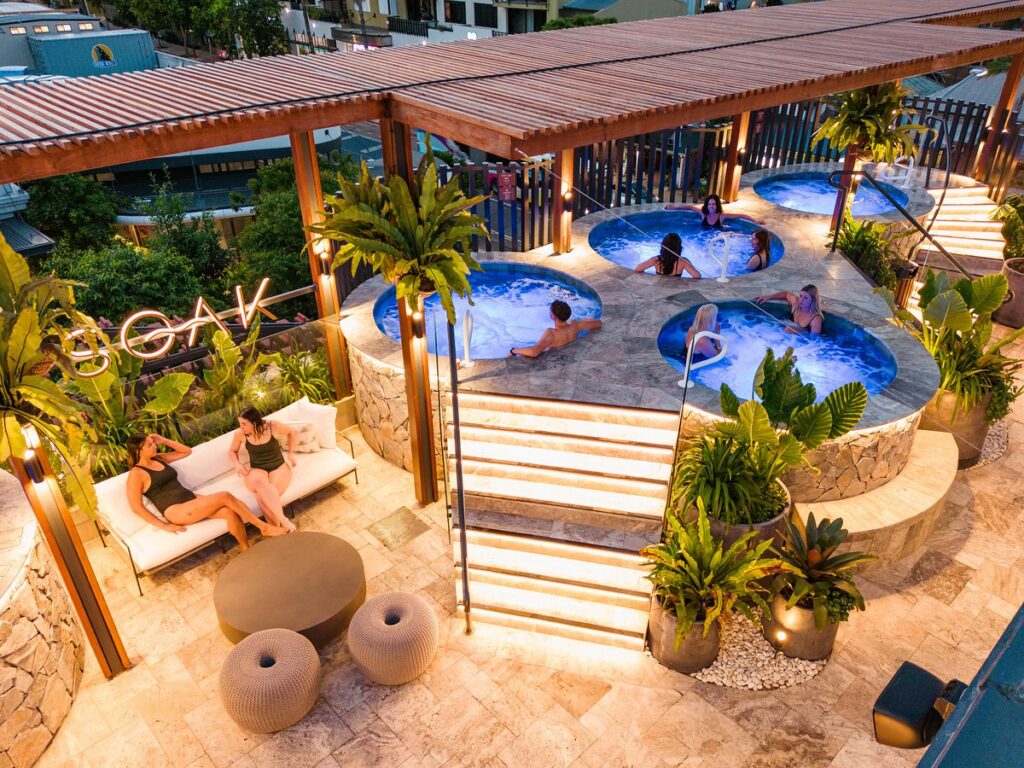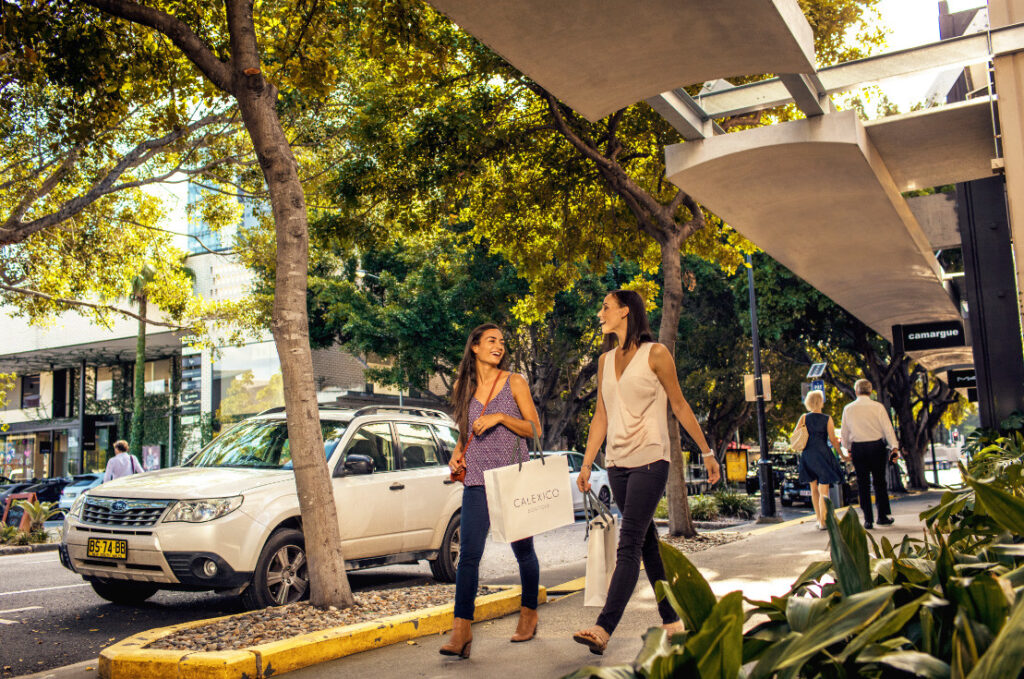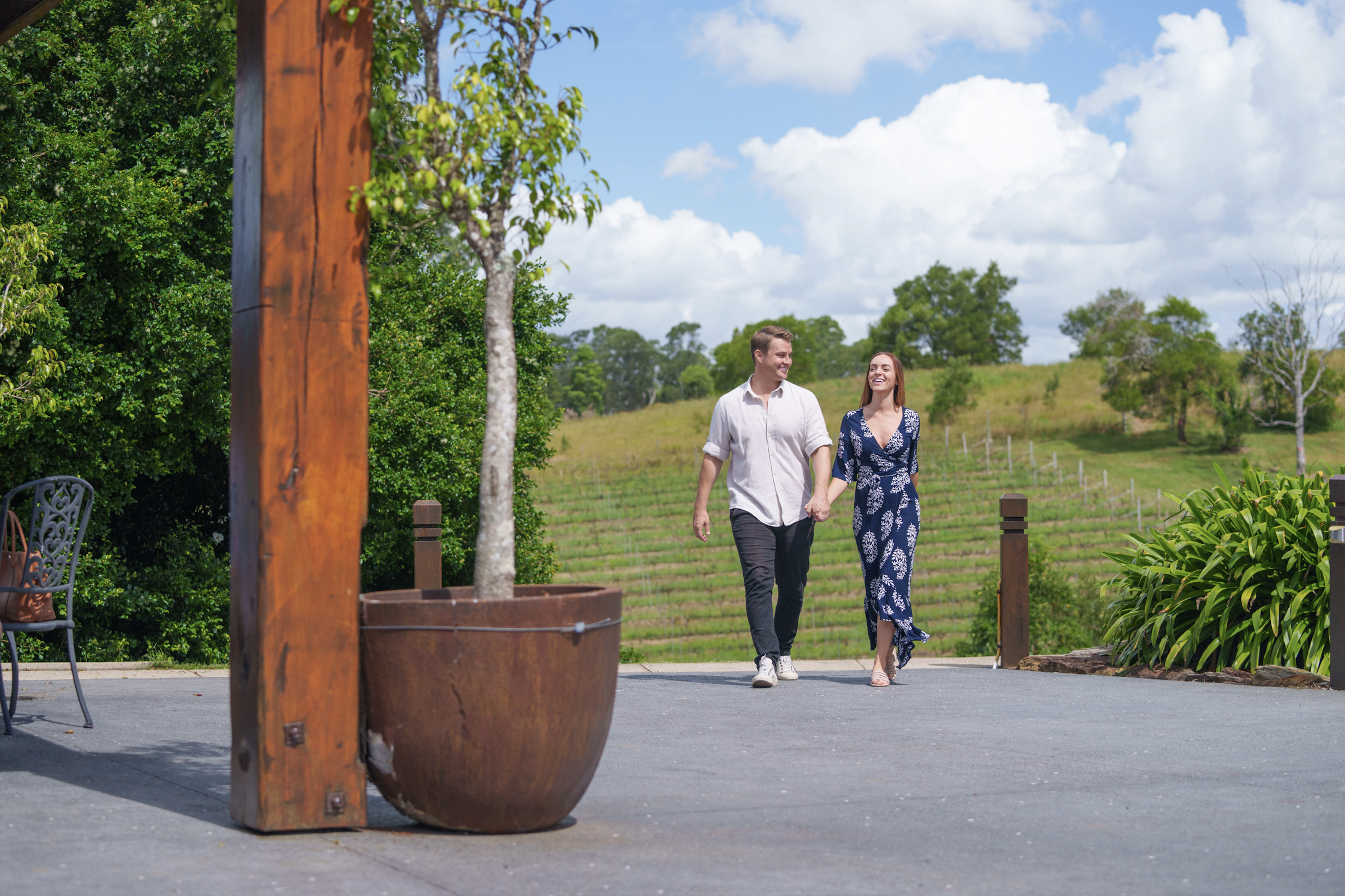The Best Time to Visit Bruny Island: Your Ultimate Guide
Bruny Island, an unspoiled paradise off the southeastern coast of Tasmania, is a magnet for adventurous young travellers. From its rugged coastline to its diverse wildlife and gourmet delights, this island promises unforgettable experiences. But timing your trip is everything. In this blog, we uncover the best time to visit Bruny Island, highlight exciting Bruny Island tours, and dive into what to do on Bruny Island for an enriching journey.
Why Visit Bruny Island?
Bruny Island combines raw natural beauty with thrilling outdoor activities. Known for its dramatic cliffs, white sandy beaches, and rich history, it’s a haven for backpackers seeking adventure. Whether you're interested in hiking, sampling local produce, or spotting wildlife, this island has it all. Its laid-back vibe makes it a perfect getaway for young travellers looking to escape the hustle and bustle.
The Best Time to Visit Bruny Island
Timing your visit can make a huge difference in your experience. Here’s a season-by-season breakdown:
Spring (September to November)
Spring is ideal for outdoor enthusiasts. As the island blooms, trails like the Cape Queen Elizabeth Track become more vibrant. It’s also a great time for birdwatching as migratory species return. The mild temperatures ensure comfortable hiking weather.
Summer (December to February)
For sunseekers, summer is the best time to visit Bruny Island. Days are long and warm, perfect for beach activities at Adventure Bay or Cloudy Bay. This period also sees a surge in food festivals and events showcasing the island’s culinary delights.
Autumn (March to May)
Autumn offers cooler temperatures, fewer crowds, and golden landscapes. This is an excellent time for kayaking or embarking on Bruny Island tours to explore the coastlines. It’s also oyster season, making it a foodie’s paradise.
Winter (June to August)
Although winter is off-peak, it has its own charm. Quiet beaches, dramatic seascapes, and the chance to cosy up with local wines and cheeses make it an attractive choice for travellers seeking tranquillity.
Bruny Island Tours for Every Traveller
One of the best ways to immerse yourself in the island’s beauty is through organised tours.
Wildlife Tours
Spot rare species like white wallabies, penguins, and fur seals on guided wildlife tours. Many include a visit to The Neck, where penguin colonies can be observed at dusk.
Coastal Day Cruises
Explore the dramatic coastline of Bruny Island on a day cruise. These boat tours navigate sea caves, towering cliffs, and pristine waters, offering incredible photo opportunities and a chance to see marine wildlife up close.
Food and Wine Tours
Bruny Island is a haven for foodies. Join a culinary tour to indulge in fresh oysters, artisan cheeses, and locally crafted chocolates and beers.
What to Do on Bruny Island?
Bruny Island offers countless activities to suit all tastes.
Explore Hiking Trails
The island boasts trails like the Fluted Cape Walk and the Cape Queen Elizabeth Track. These treks promise stunning views and encounters with native wildlife.
Relax on the Beaches
Unwind on pristine beaches like Adventure Bay, perfect for swimming, picnicking, or just soaking up the sun.
Visit The Neck Lookout
This iconic viewpoint offers panoramic views of the island and the Tasman Sea. It's especially stunning during sunrise or sunset.
Sample Local Delicacies
Food lovers must try the island’s fresh seafood, artisan cheeses, and locally crafted spirits. Don’t miss the renowned Bruny Island oysters.
Getting to Bruny Island
Reaching Bruny Island is half the adventure. A short ferry ride from Kettering, south of Hobart, will bring you to this idyllic destination. It’s recommended to bring a car for convenience, but bicycle rentals are available for those seeking eco-friendly transport.
Alternatively, many guided tours include transfers from Hobart.
Accommodation on Bruny Island
Bruny Island offers a variety of accommodation options to suit all travellers. Whether you're on a budget or looking for something luxurious, you'll find a place that meets your needs:
- Affordable Stays for Backpackers: Hostels and shared accommodations provide budget-friendly options close to popular attractions like Adventure Bay and The Neck. They’re perfect for socialising and meeting fellow travellers.
- Boutique Cottages and Eco-Lodges: Ideal for those seeking privacy and comfort, these accommodations often feature scenic views of the coastline and lush surroundings, offering a tranquil escape.
- Camping Sites: Designated camping spots at Jetty Beach and Cloudy Bay allow nature lovers to immerse themselves in the island’s serene environment. Facilities vary, so plan ahead and book early during peak seasons.
- Family-Friendly Rentals: Holiday homes and self-contained apartments are available for families or groups, offering extra space and amenities like kitchens for a home-like stay.
- Luxury Stays: For those who want to indulge, high-end lodges and waterfront retreats provide premium amenities, stunning views, and easy access to gourmet dining experiences.
With so many options, planning your stay on Bruny Island is as exciting as exploring its wonders!
Sustainable Travel Tips for Bruny Island
Bruny Island's untouched landscapes are part of its charm, and travellers play a key role in preserving its beauty. To minimise your impact, consider these sustainable travel practices:
- Stick to Marked Trails: The island is rich in biodiversity, with fragile ecosystems that can be damaged by off-trail exploration. Stick to designated paths while hiking to protect native plants and wildlife habitats.
- Minimise Waste: Pack reusable items like water bottles, utensils, and shopping bags. Dispose of rubbish responsibly, and take all non-compostable waste back to the mainland if bins are full.
- Support Local Businesses: Opt for locally owned cafes, tours, and artisan shops. Not only does this contribute to the island’s economy, but it also supports sustainable practices embraced by many local operators.
- Travel Mindfully: Reduce your carbon footprint by carpooling, joining a guided tour, or using bicycles for exploring the island. If driving, stay on established roads and park only in designated areas.
- Respect Wildlife: Maintain a safe distance from animals, avoid feeding them, and observe quietly. Activities like wildlife tours often come with expert guides who ensure your experience is both enjoyable and environmentally conscious.
By adopting these simple habits, you can help preserve Bruny Island’s pristine environment for future generations while still enjoying all the island has to offer.
FAQs
When is the best time to visit Bruny Island?
The summer months from December to February are ideal for beach activities and festivals, while spring and autumn offer milder weather and fewer crowds.
What are the top attractions on Bruny Island?
Key attractions include The Neck Lookout, Fluted Cape, Adventure Bay, and local gourmet food spots.
Are there any guided tours on Bruny Island?
Yes, there are plenty of guided tours ranging from wildlife spotting and adventure tours to food and wine experiences.
How can I reach Bruny Island?
Take a ferry from Kettering, south of Hobart. Travelling with a car is recommended for convenience.
Alternatively, join a guided tour from Hobart that includes transfers to and from the island.
What should I pack for a trip to Bruny Island?
Pack comfortable hiking shoes, swimwear, a camera, and warm layers if visiting during cooler months.
Is Bruny Island suitable for backpackers?
Absolutely! With affordable accommodation, diverse activities, and stunning landscapes, it’s perfect for young travellers.
Conclusion
Bruny Island is a gem that offers something for everyone. Whether you’re chasing adrenaline-pumping activities, serene beaches, or gourmet delights, this island delivers it all. By planning your visit at the right time and taking advantage of the tours and attractions, you’re guaranteed an unforgettable adventure.
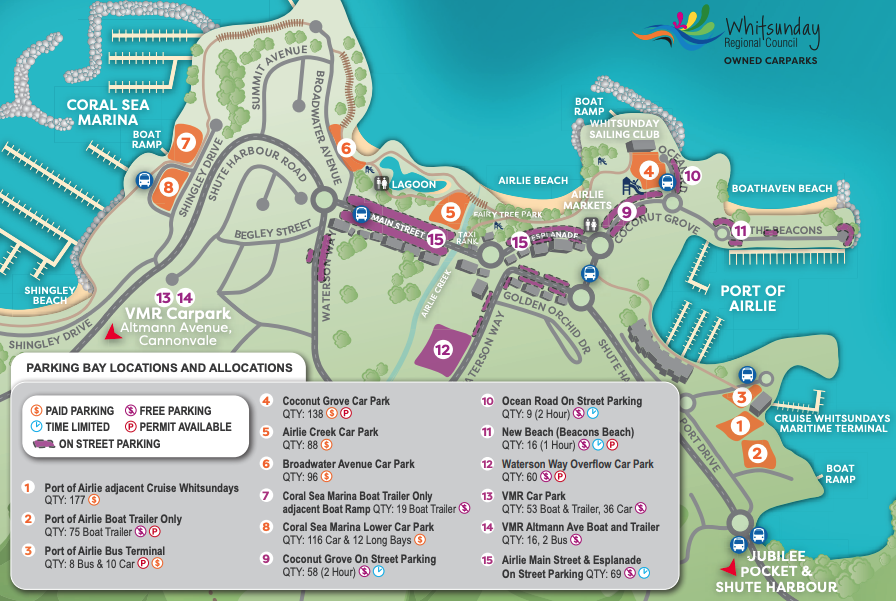 Photo:
Photo: 
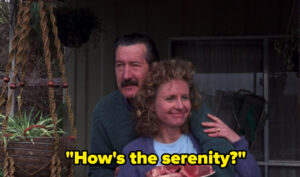

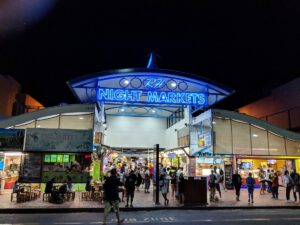


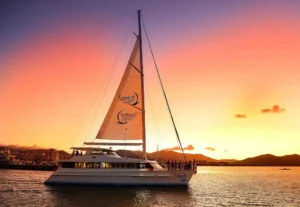
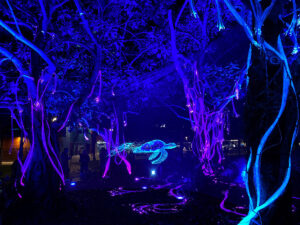
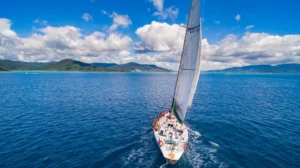

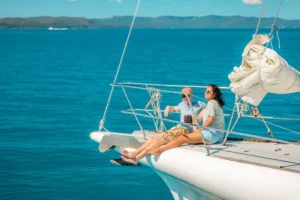

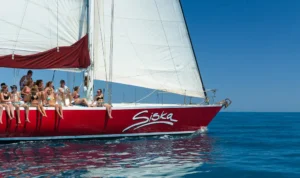
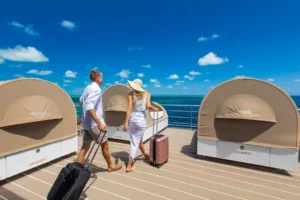
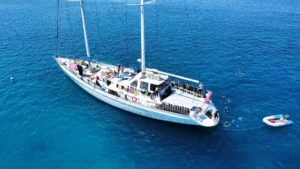
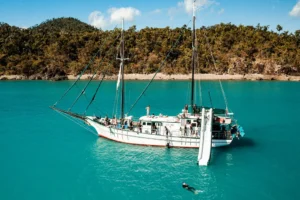

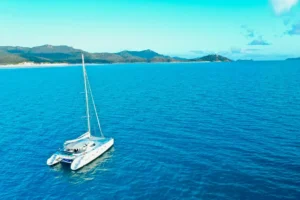

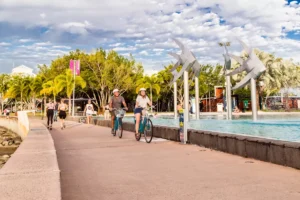
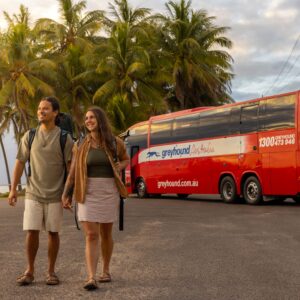
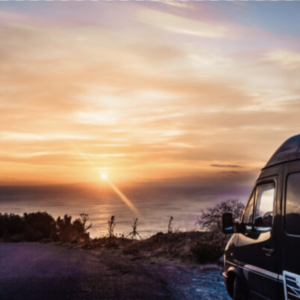


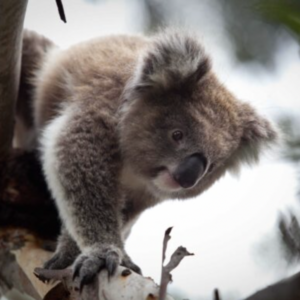
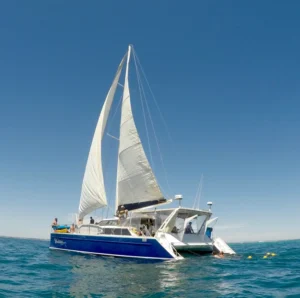 When you’re planning a road trip across the East Coast of Australia, hopping on a cruising or sailing adventure somewhere along the way is a must-do activity. There’s truly no better way to experience everything that makes this beautiful destination so iconic.
When you’re planning a road trip across the East Coast of Australia, hopping on a cruising or sailing adventure somewhere along the way is a must-do activity. There’s truly no better way to experience everything that makes this beautiful destination so iconic. 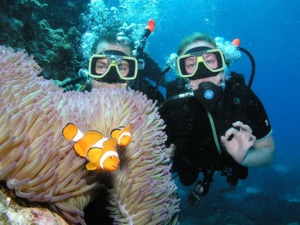
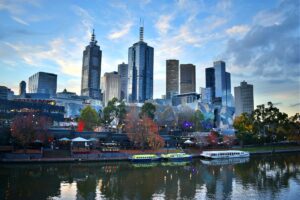

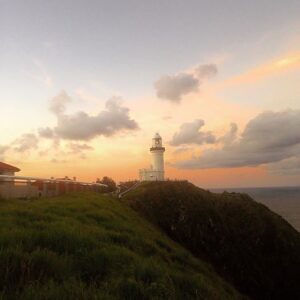 Byron Bay
Byron Bay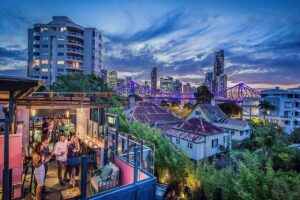 Brisbane
Brisbane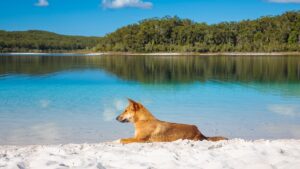
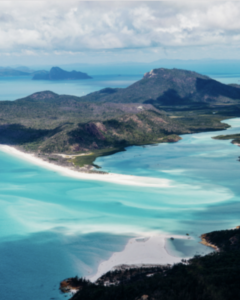 Airlie Beach and the Whitsunday Islands
Airlie Beach and the Whitsunday Islands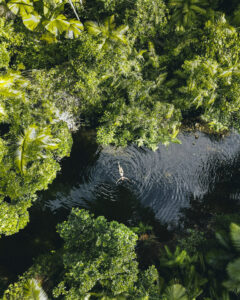
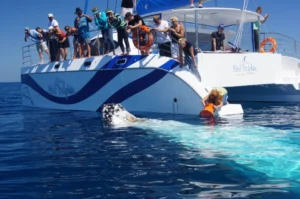
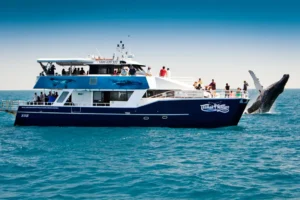
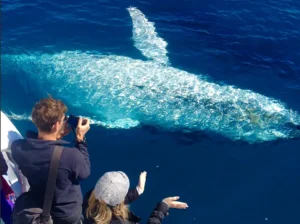
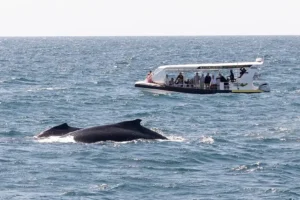
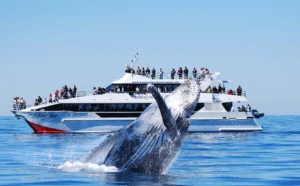
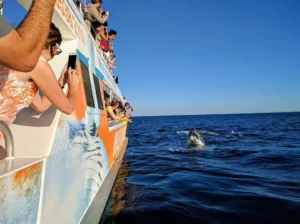

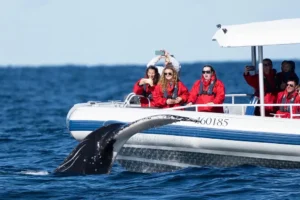
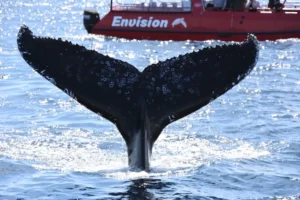

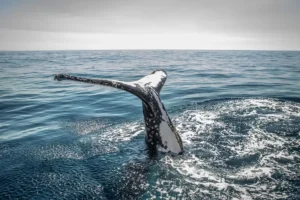
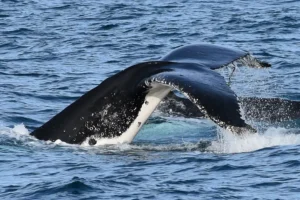
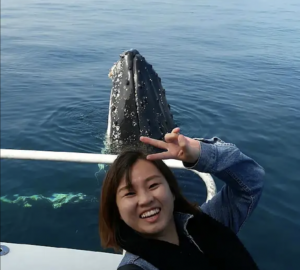
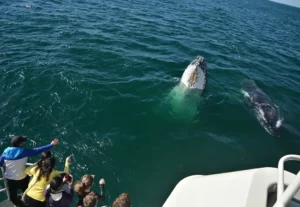
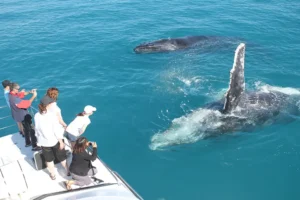
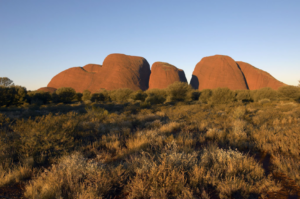
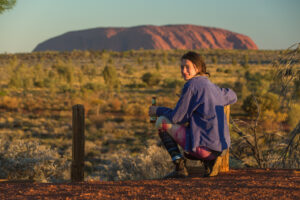
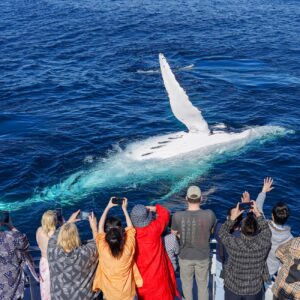

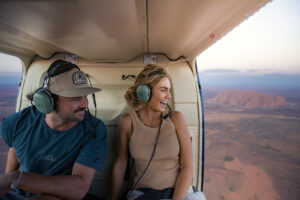
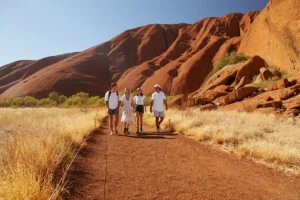
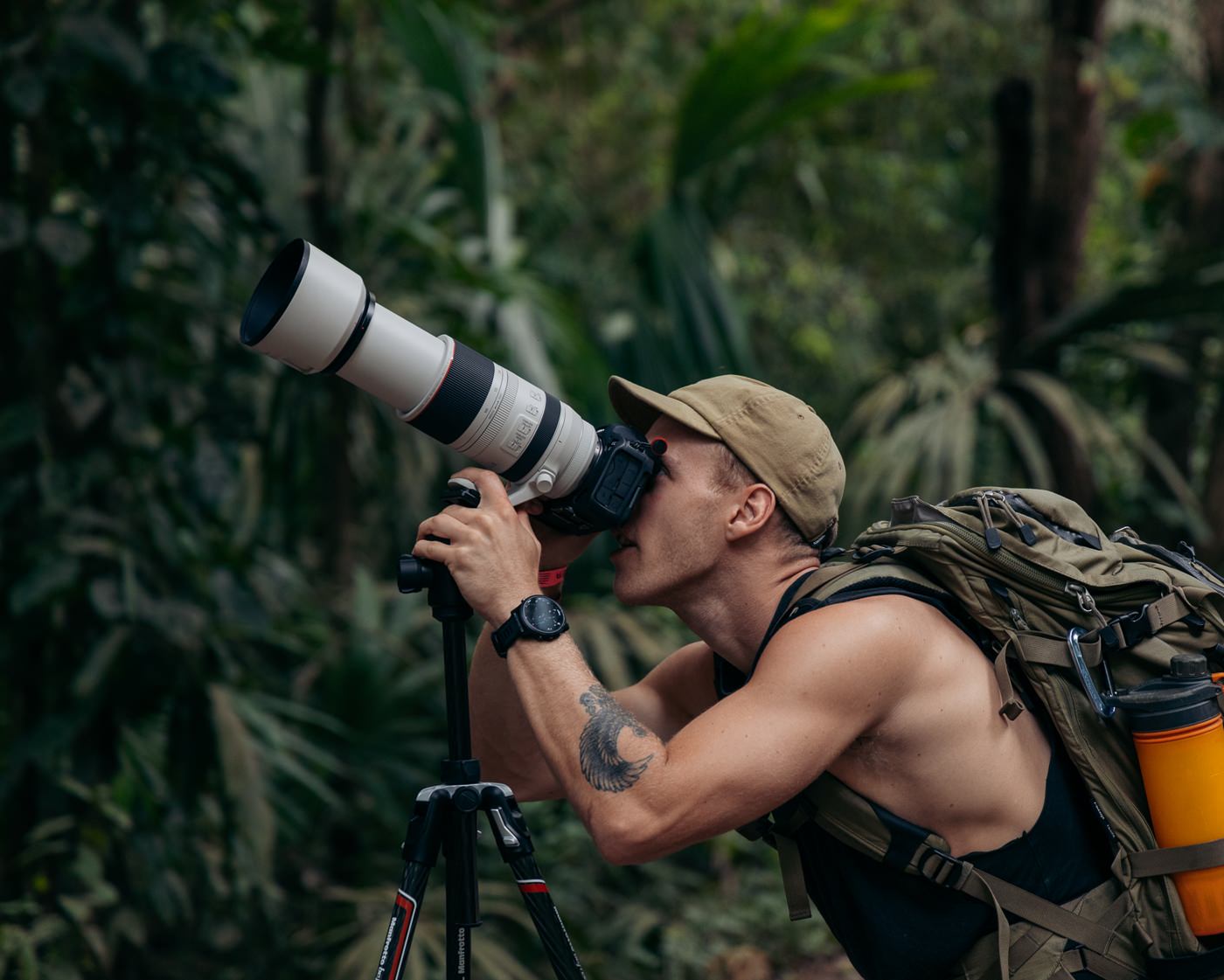



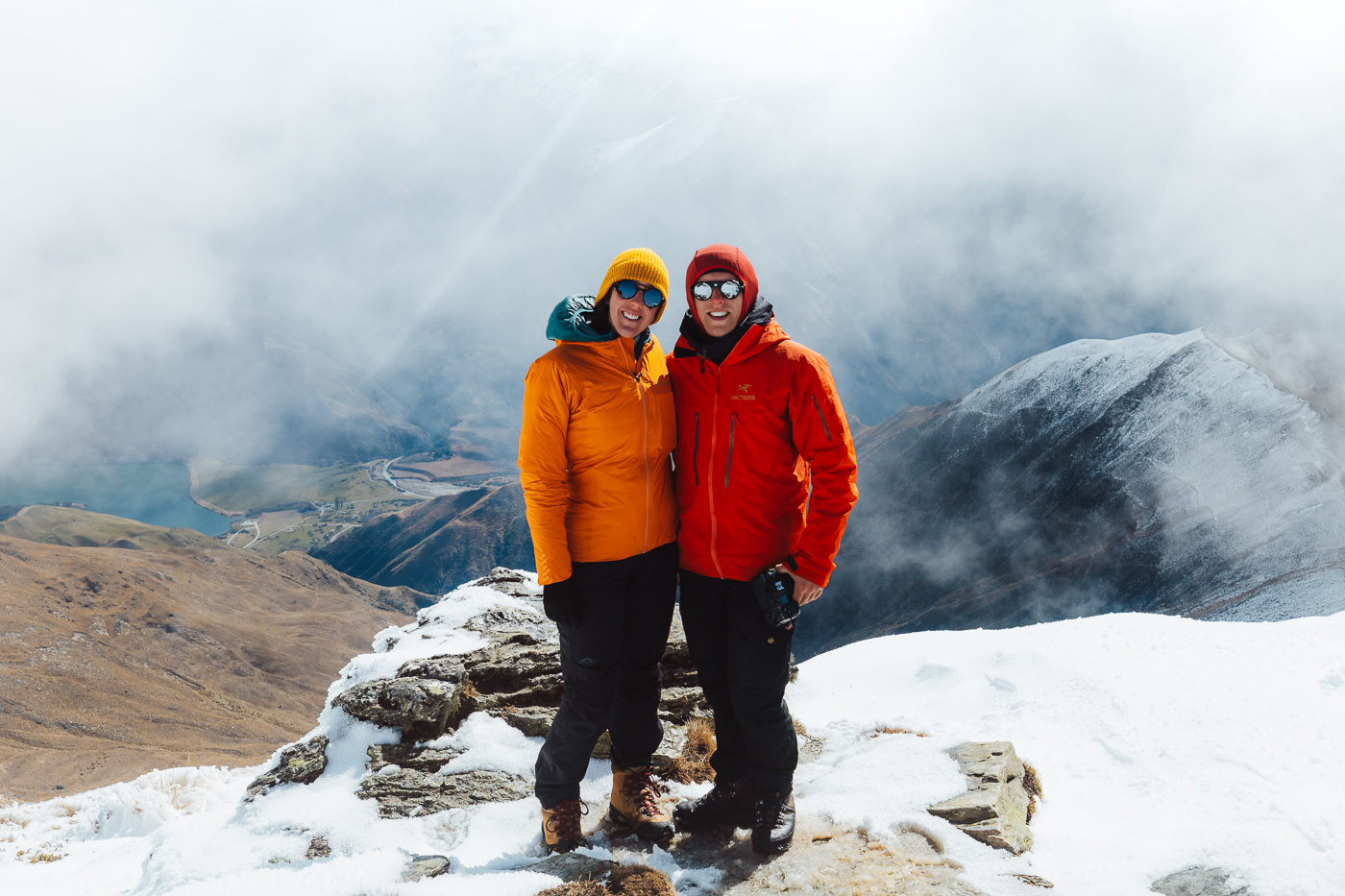
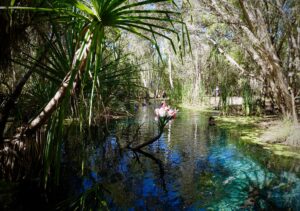
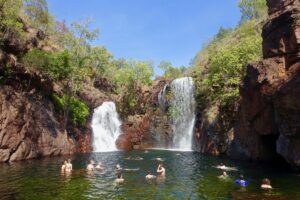

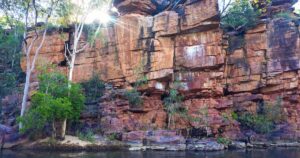
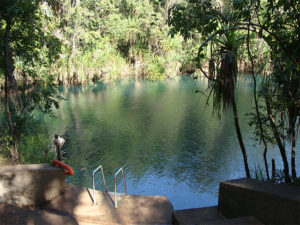
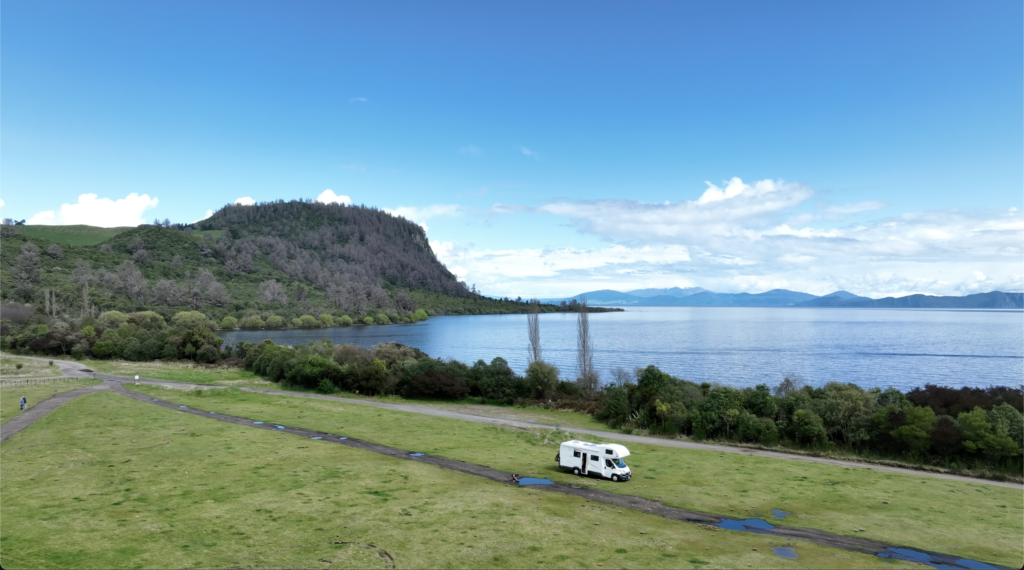
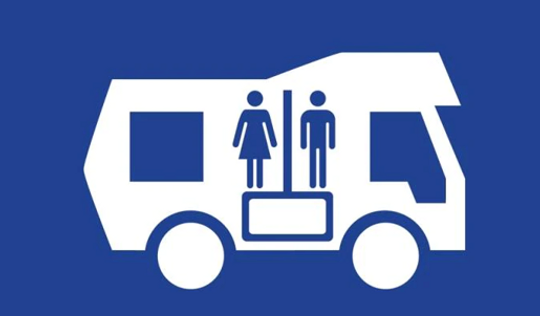

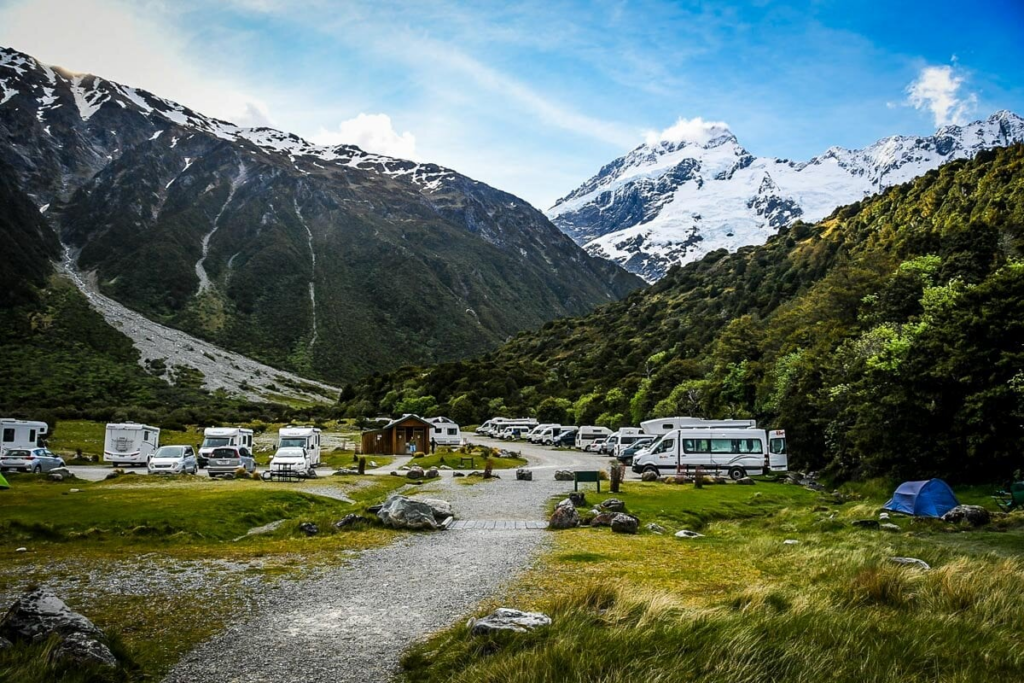

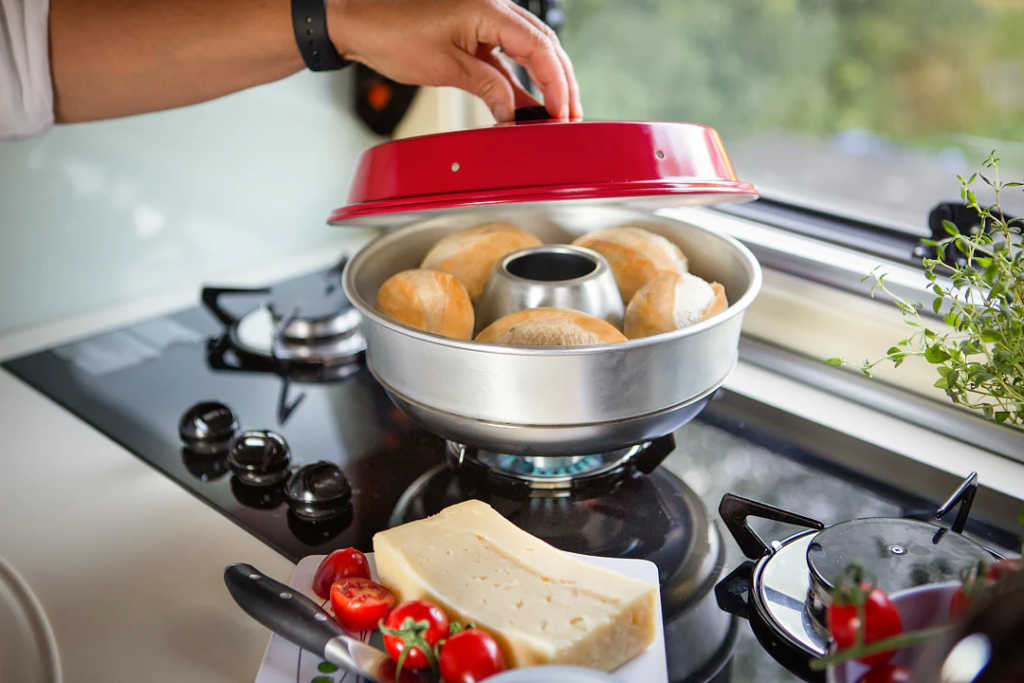
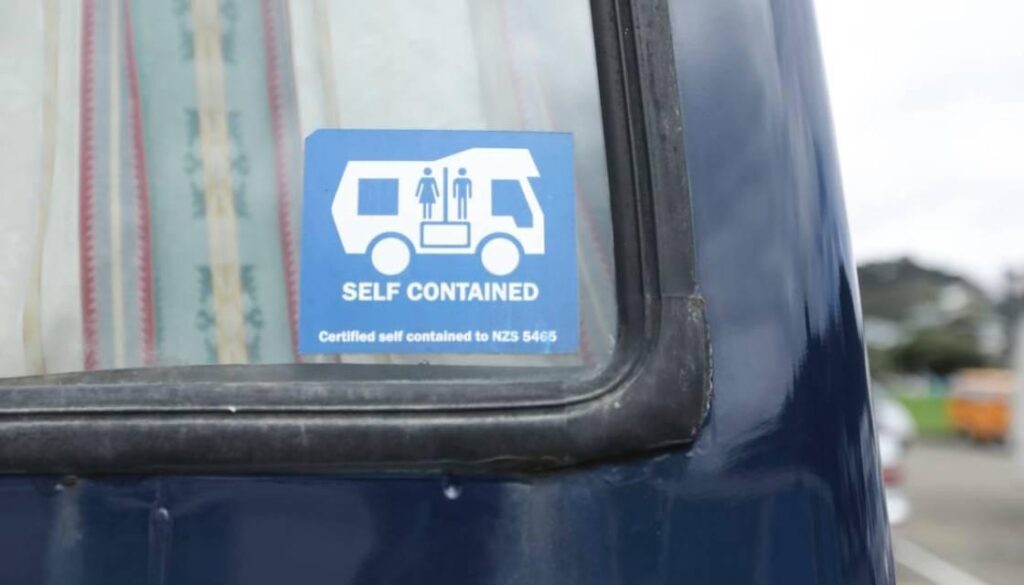
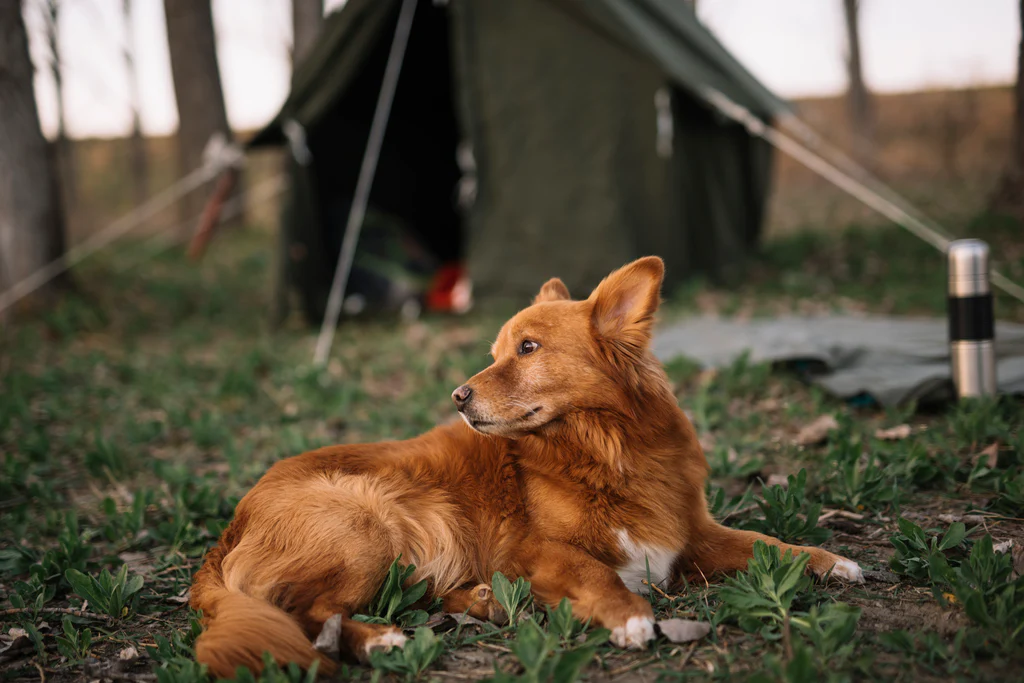

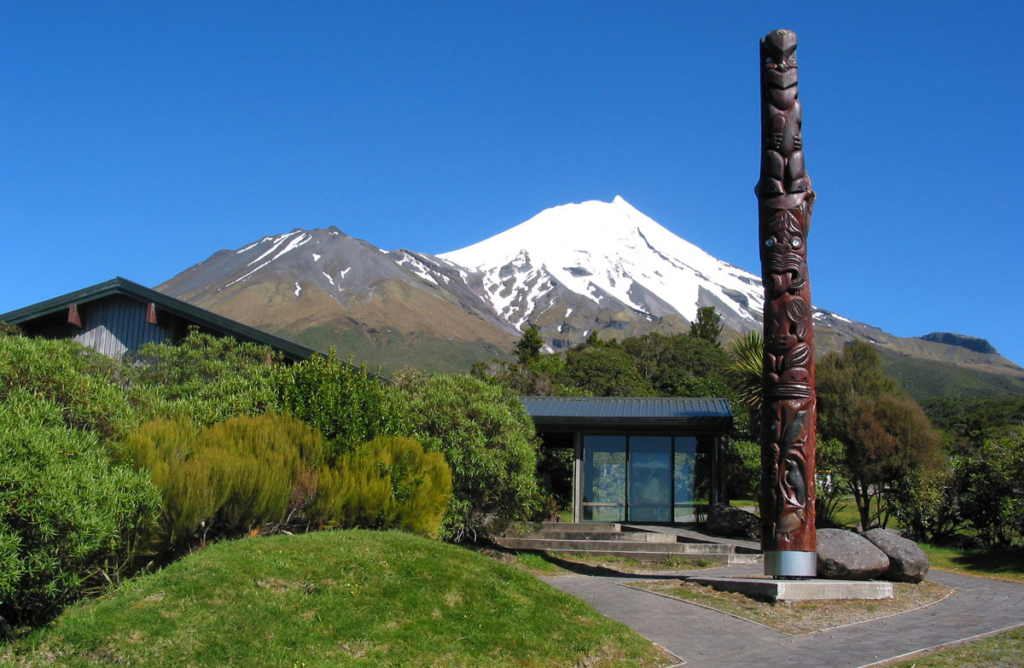

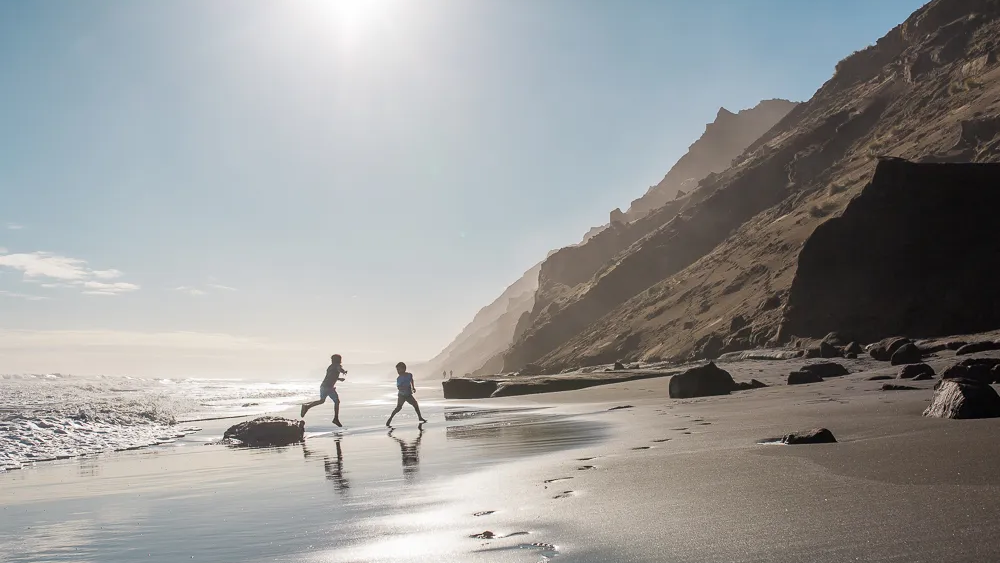




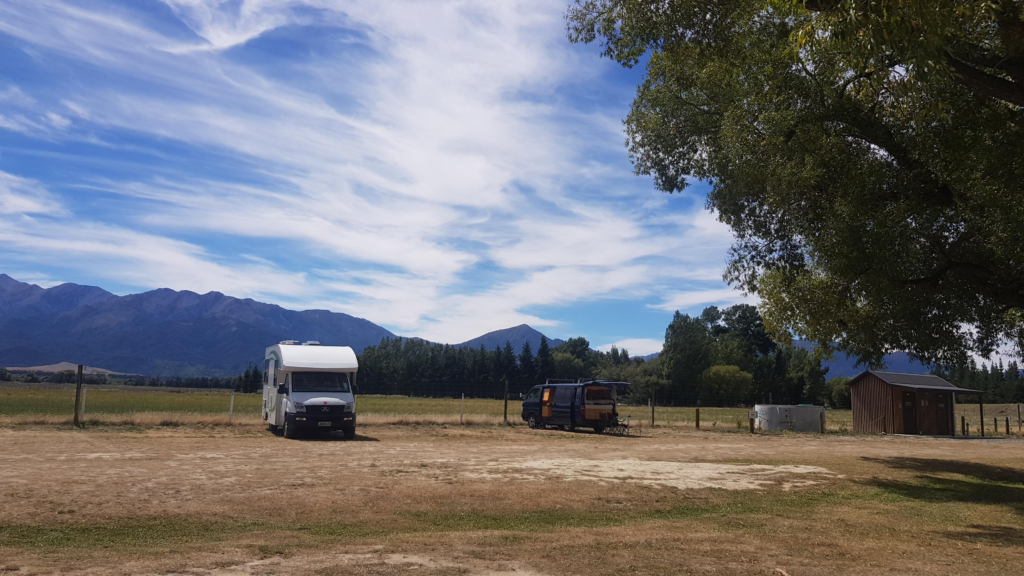
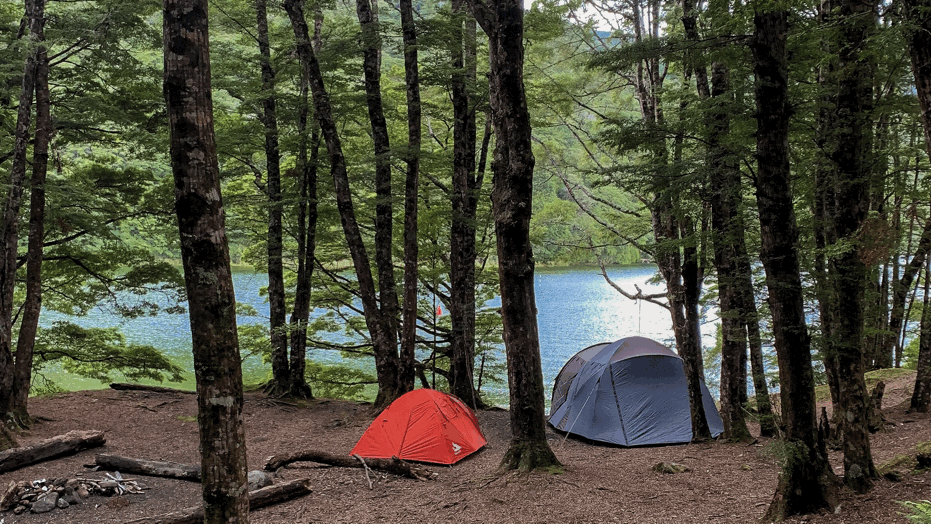

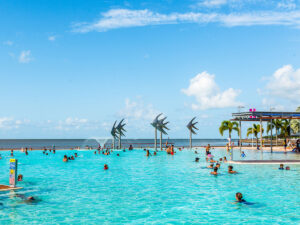





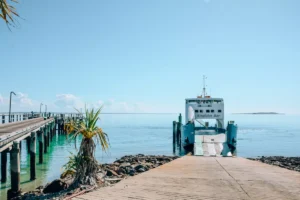
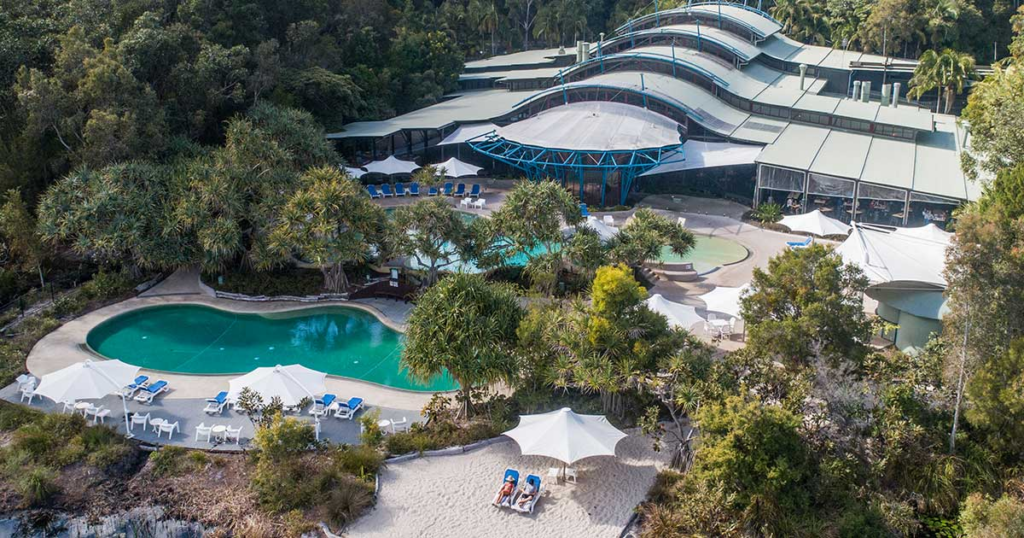


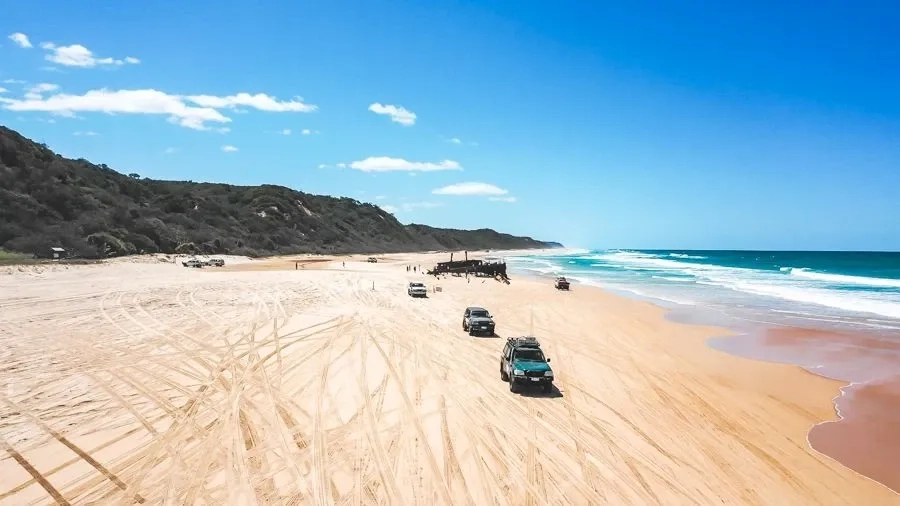
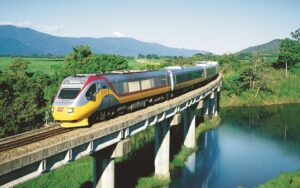

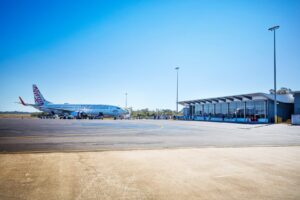



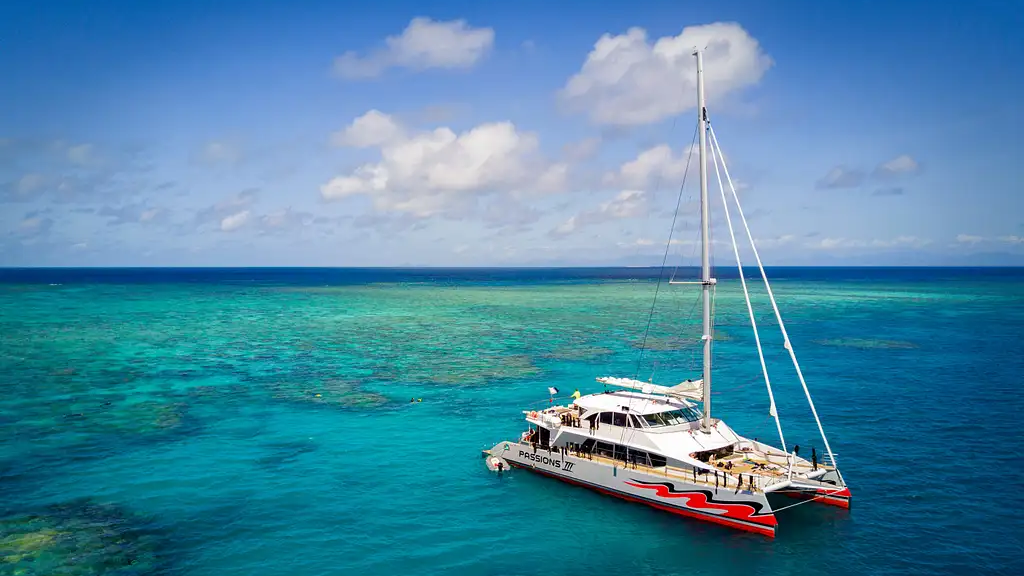
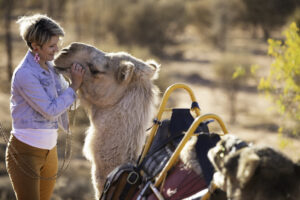
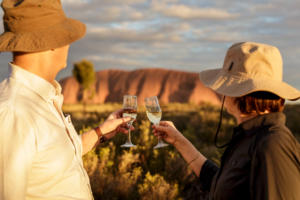
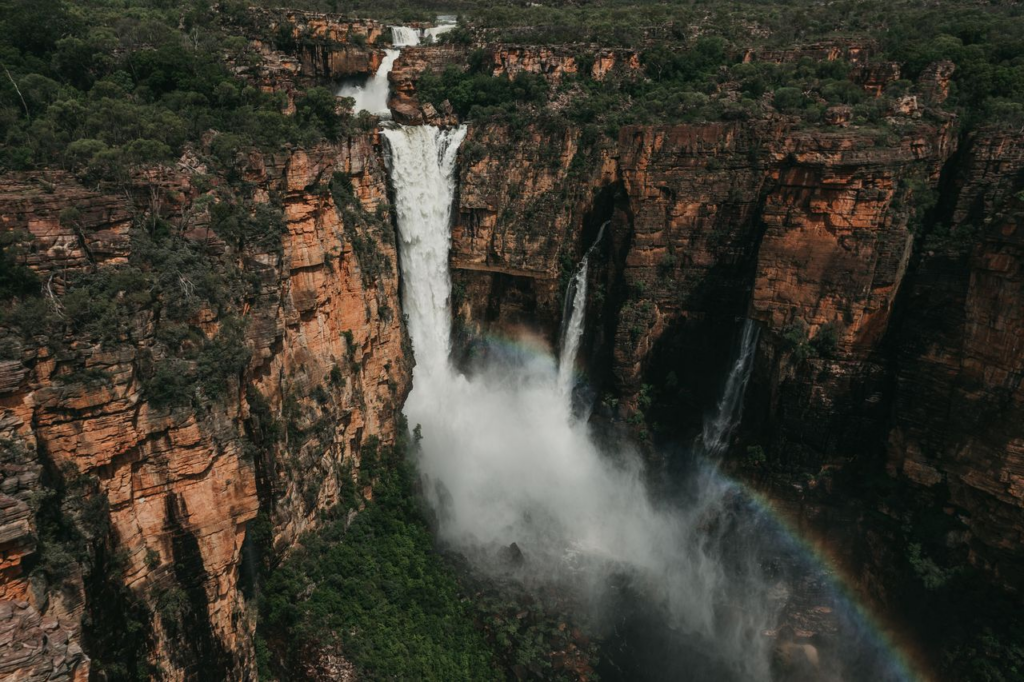
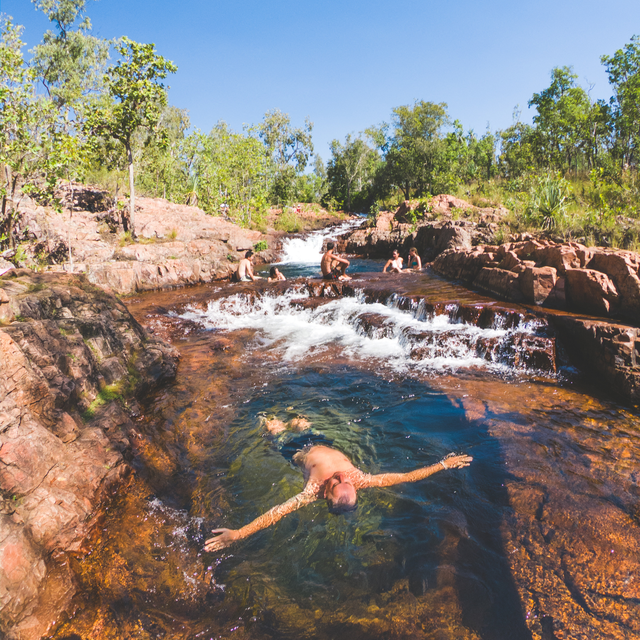
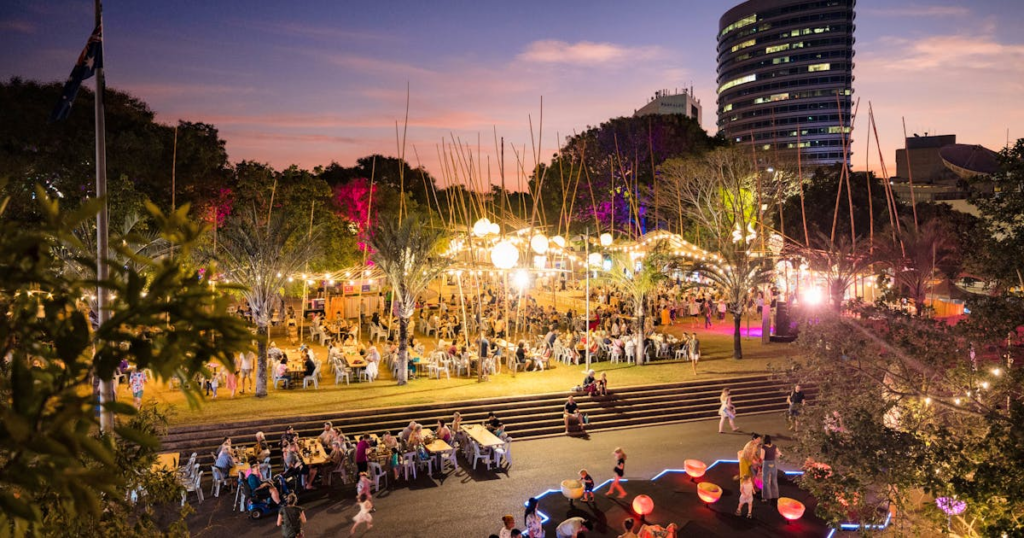
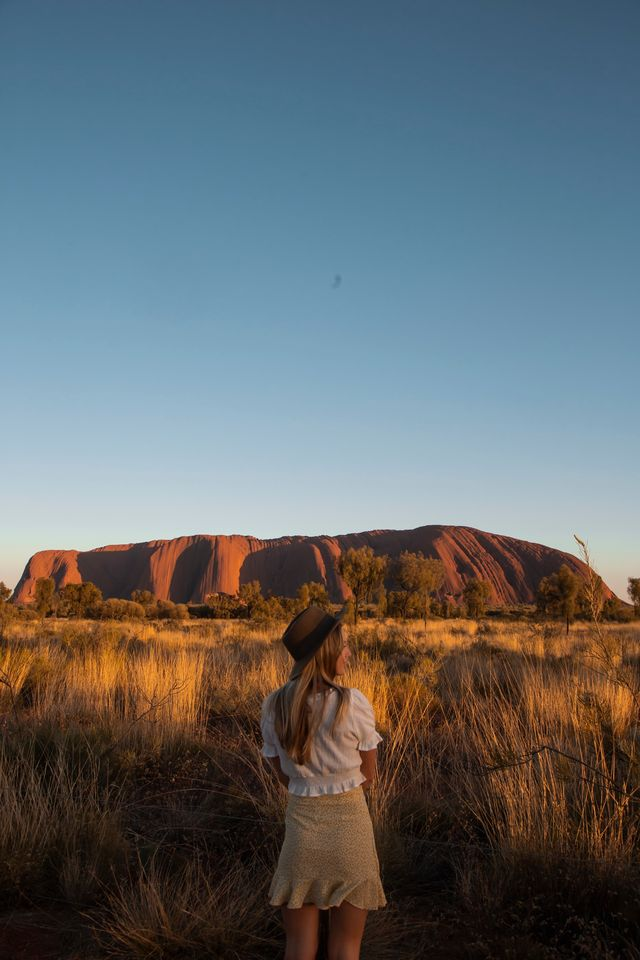
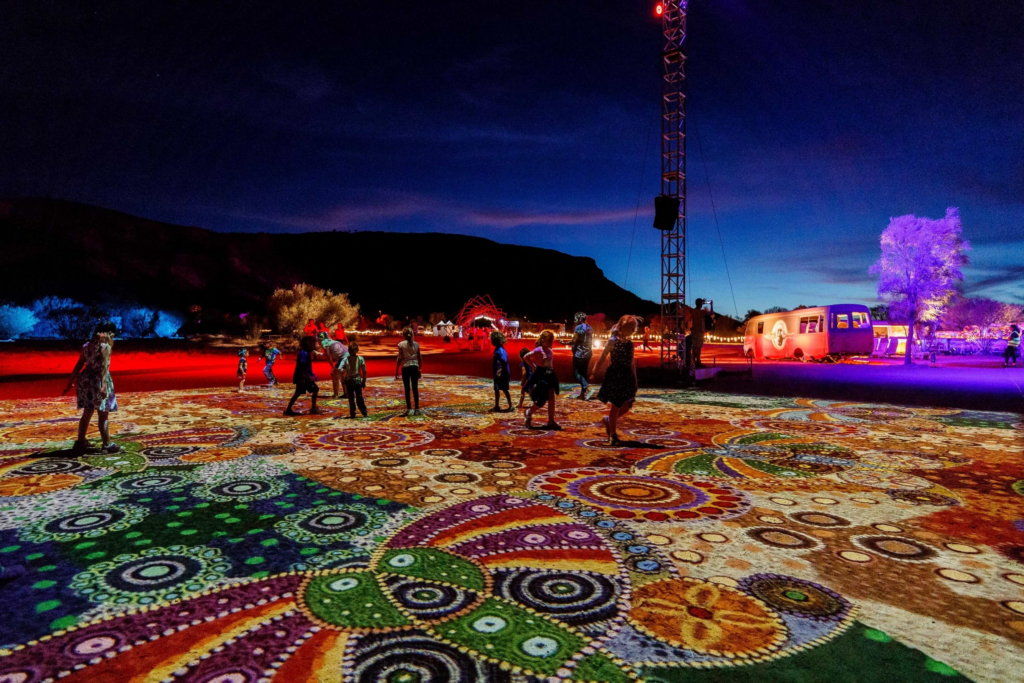 If you’re hoping to visit the famous outback town of Alice Springs during your trip to the Northern Territory, you’ll find something different to do throughout every season. As a result, the best time to visit largely depends on how you’d most like to spend your time.
If you’re hoping to visit the famous outback town of Alice Springs during your trip to the Northern Territory, you’ll find something different to do throughout every season. As a result, the best time to visit largely depends on how you’d most like to spend your time. Nature enthusiasts will also be thrilled to learn that the outdoor scenery in and around Alice Springs offers breathtaking views and plenty to do all year round.
Nature enthusiasts will also be thrilled to learn that the outdoor scenery in and around Alice Springs offers breathtaking views and plenty to do all year round. 





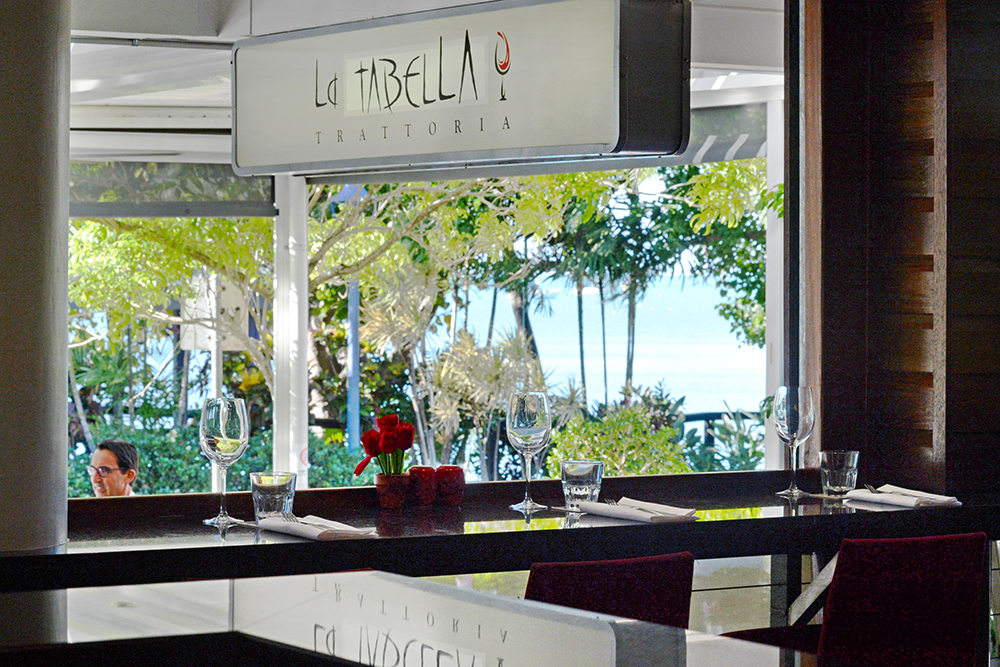
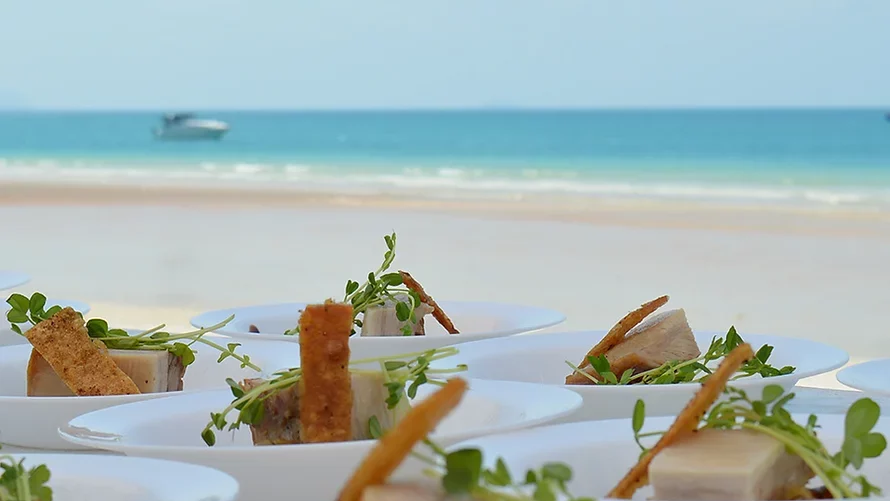
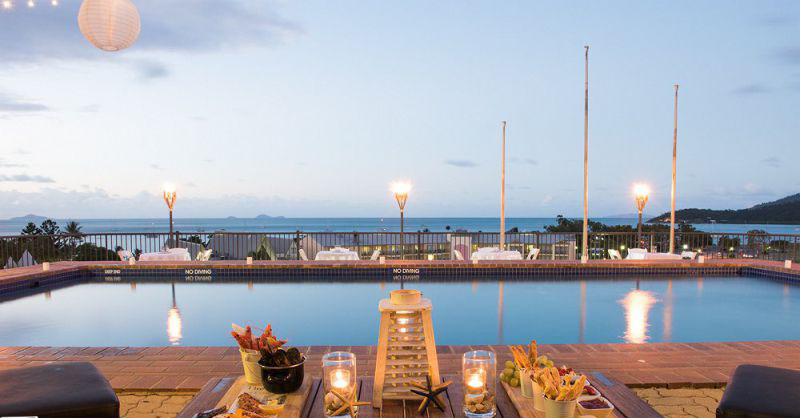
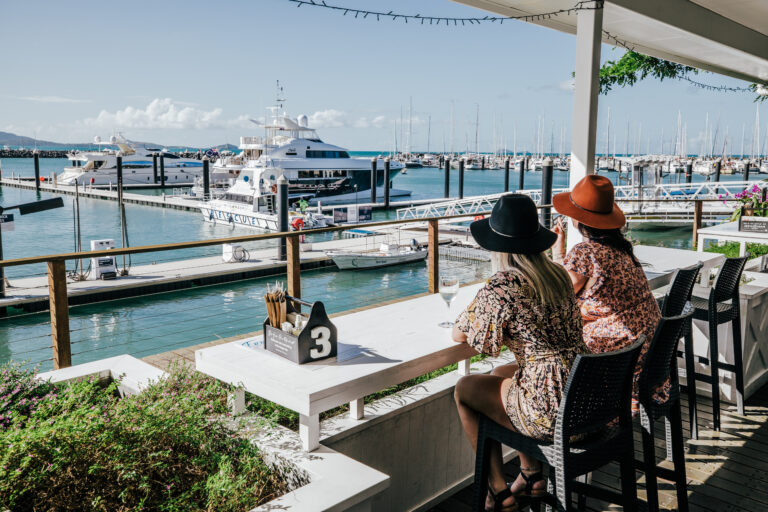
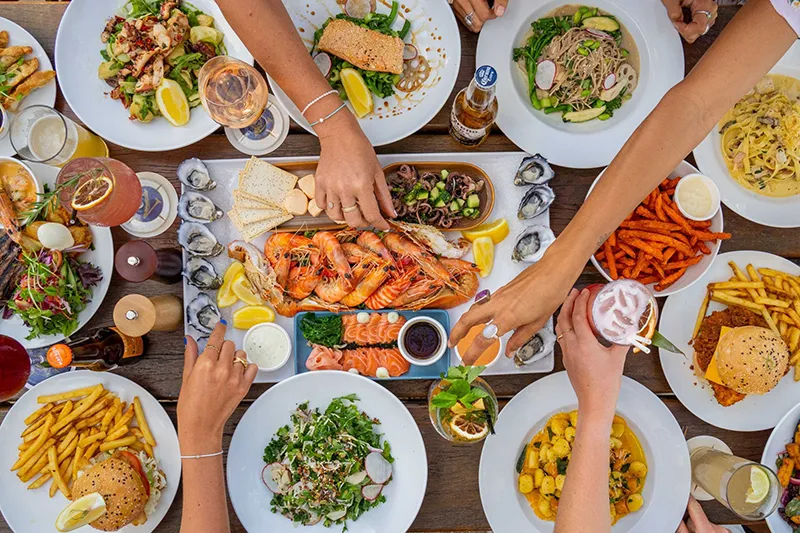
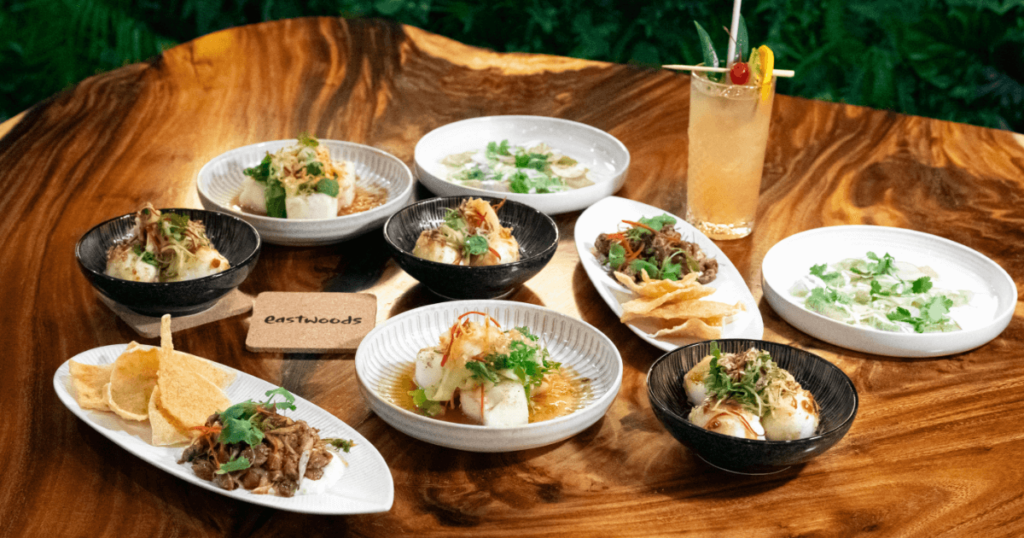

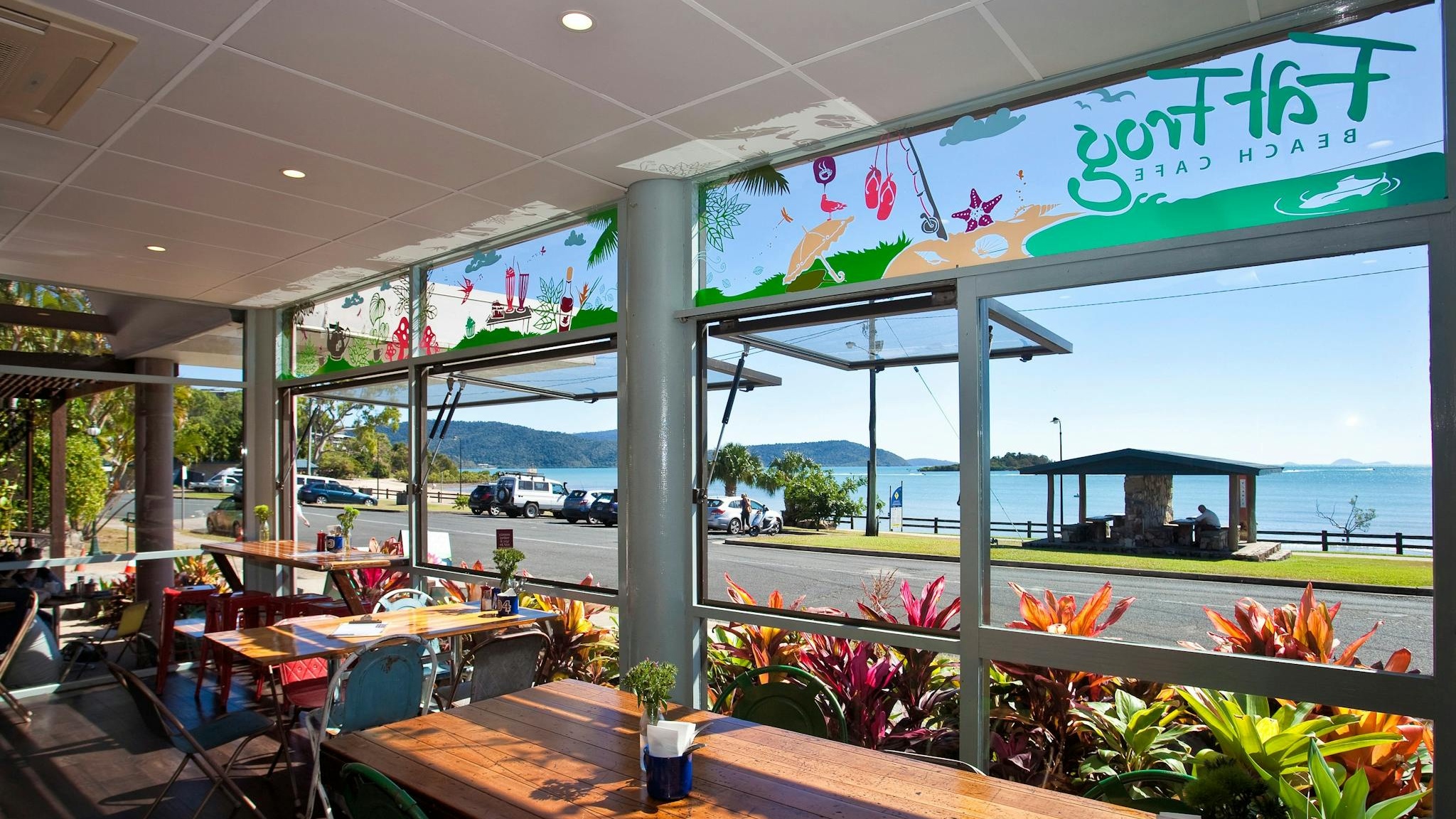
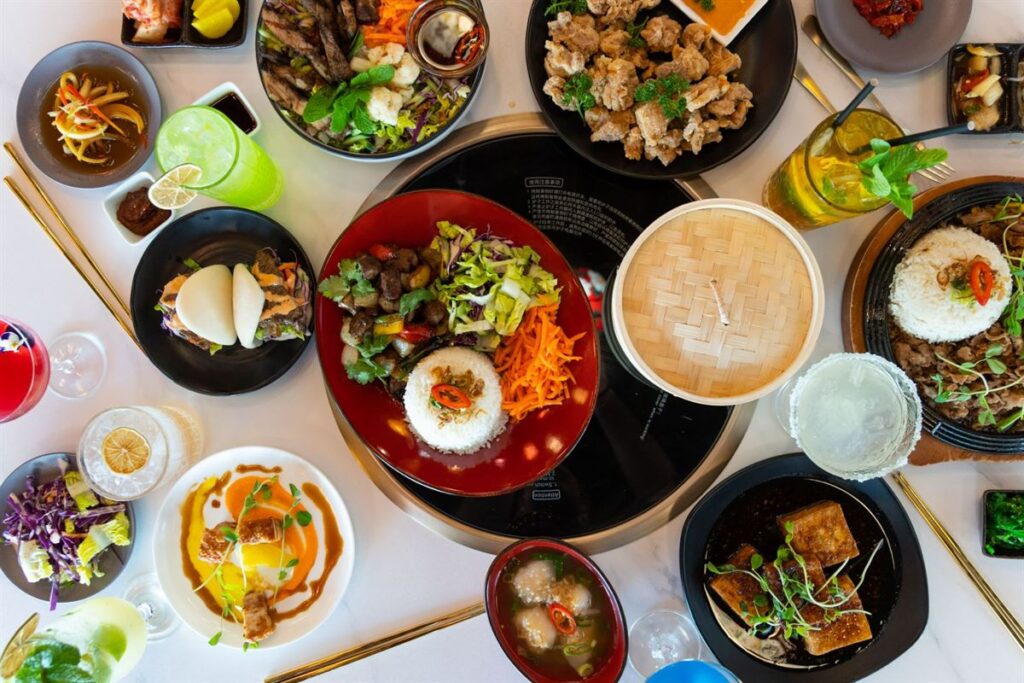






















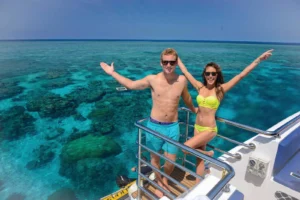
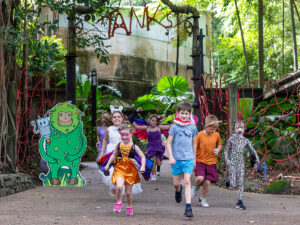


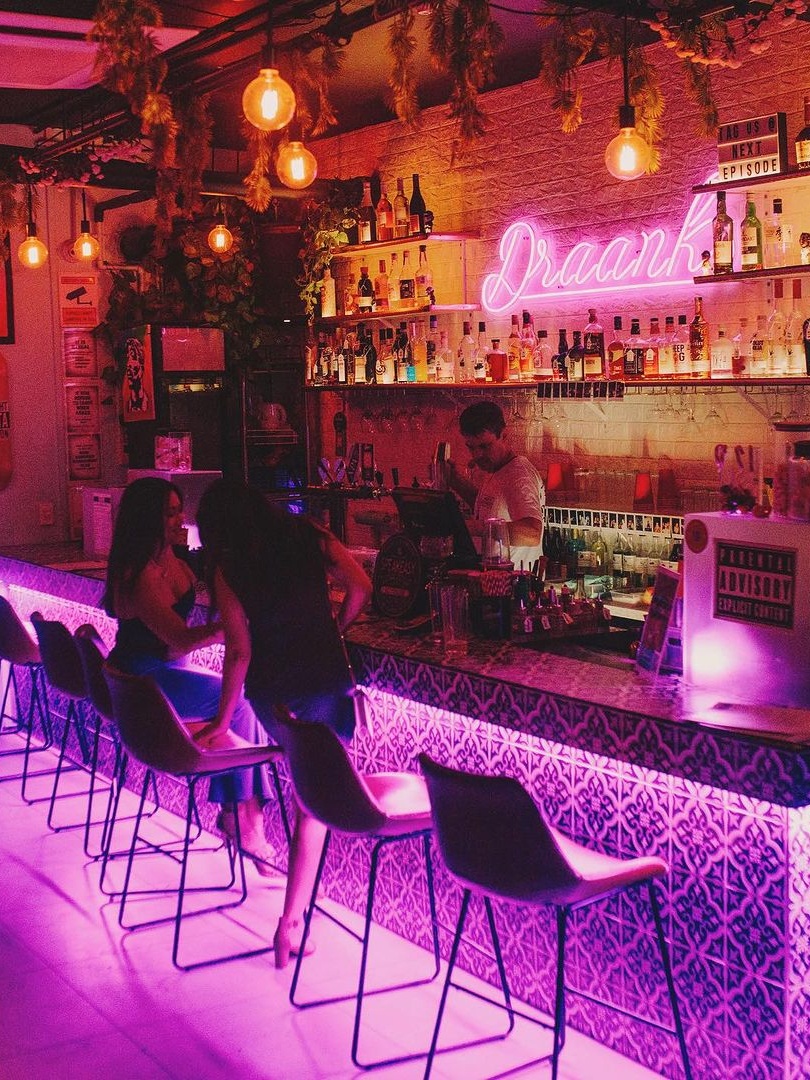
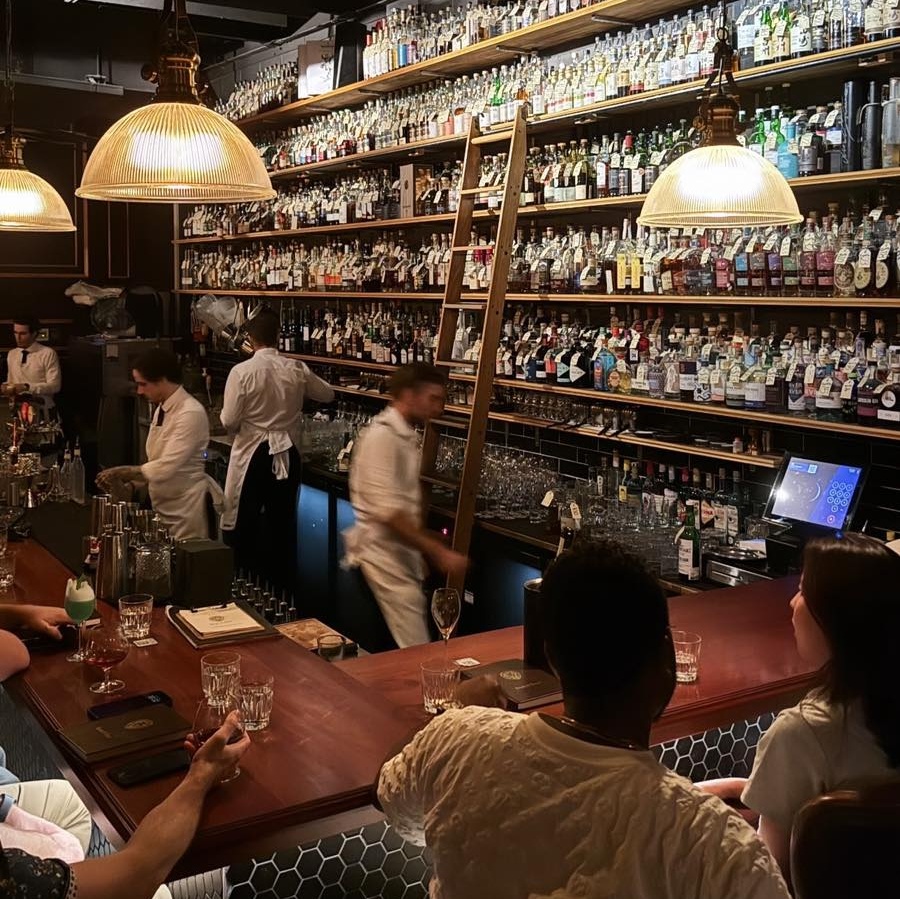
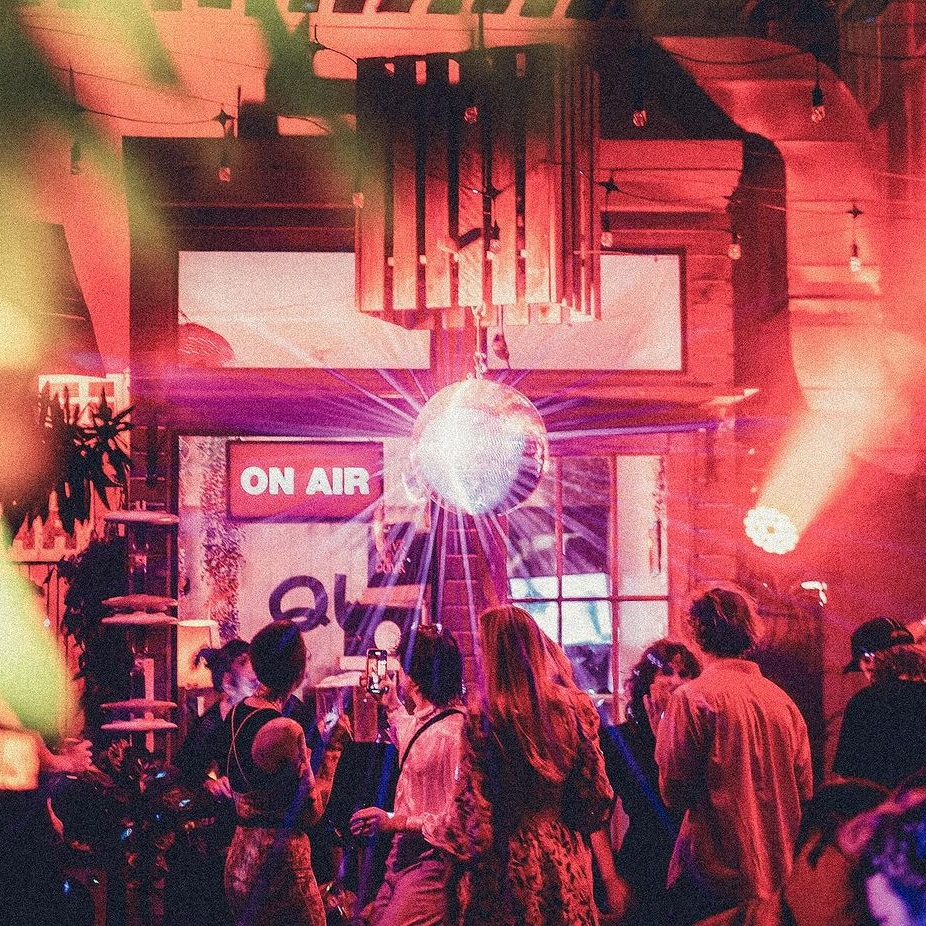
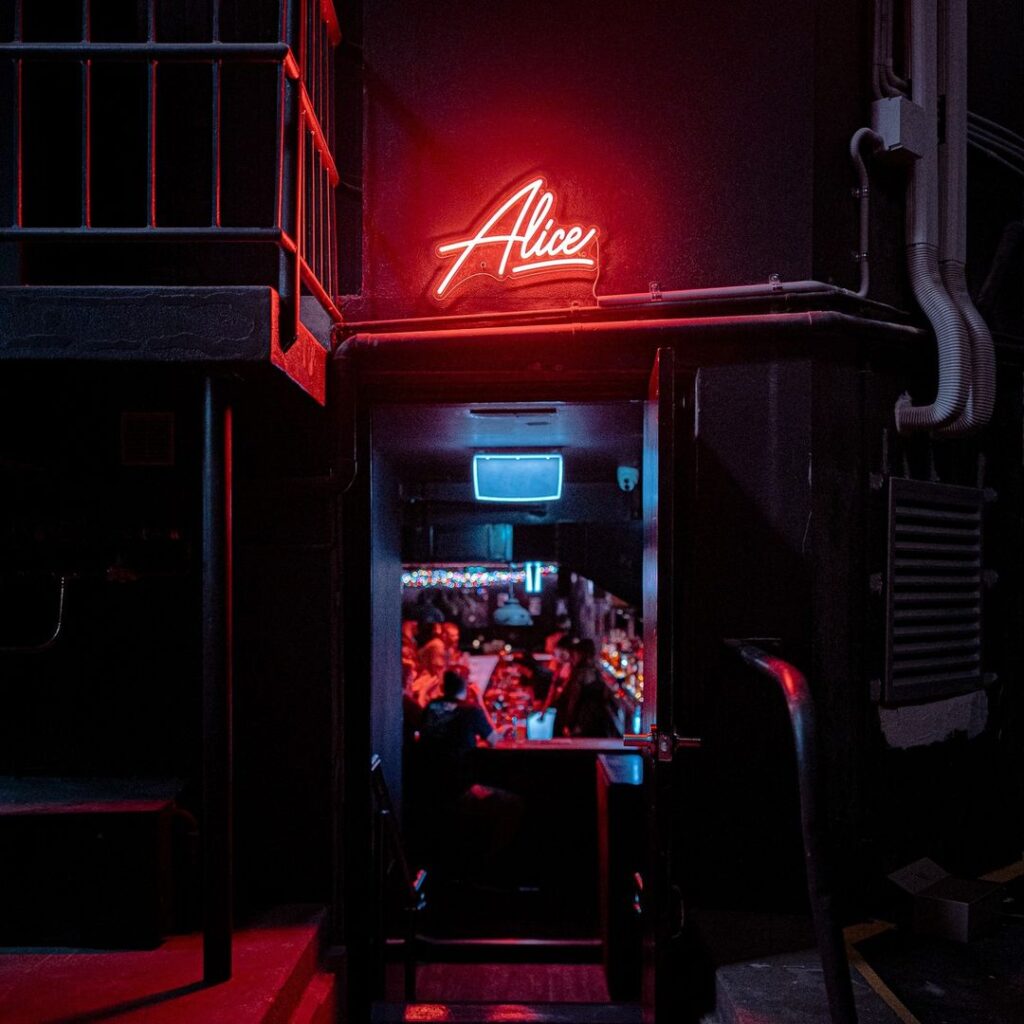
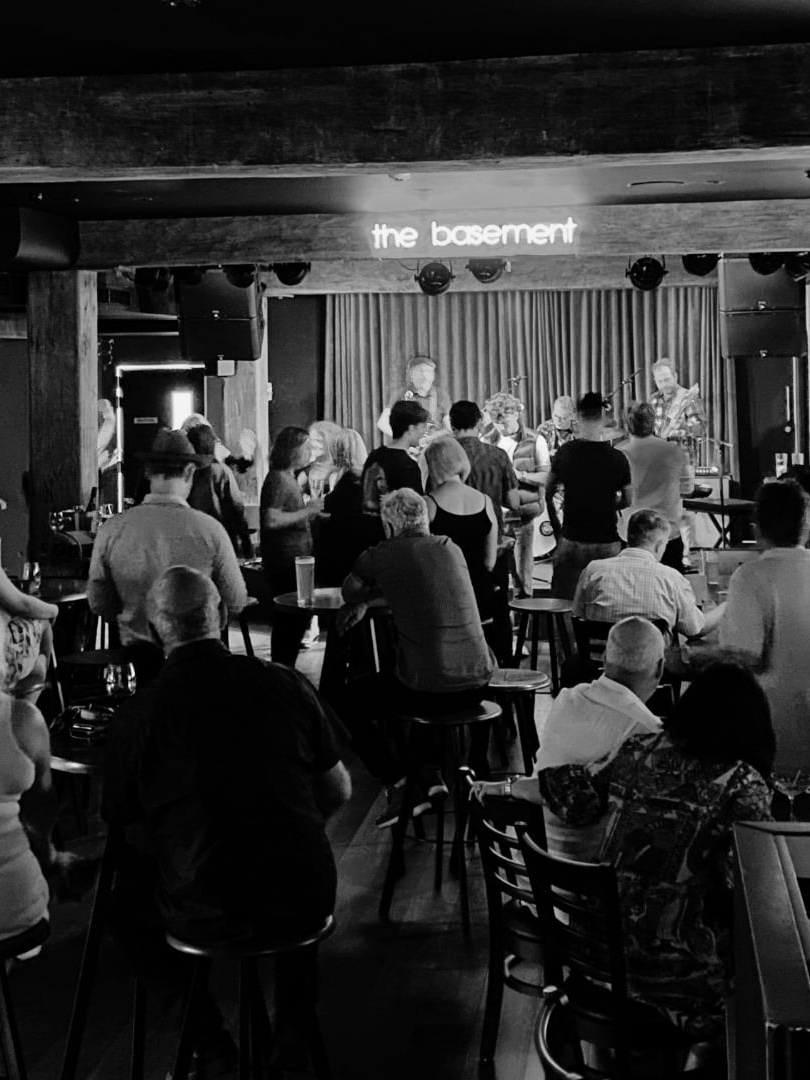 Location: Brisbane City
Location: Brisbane City